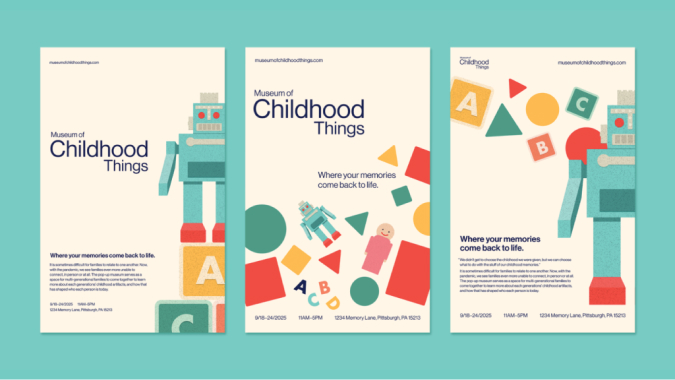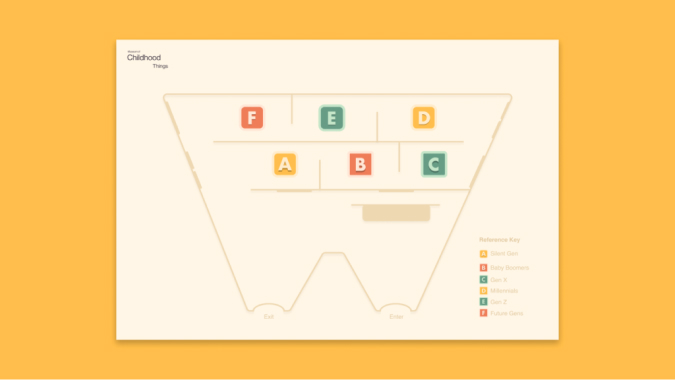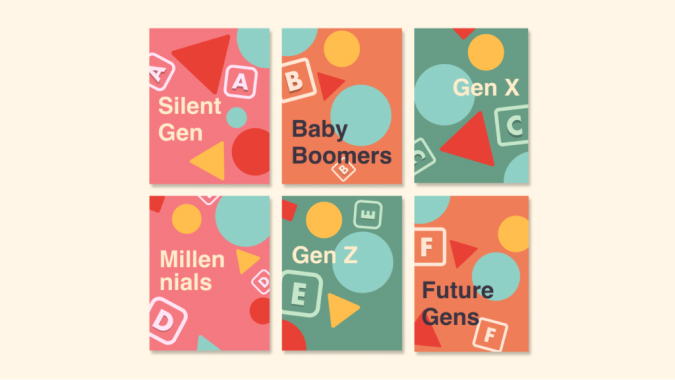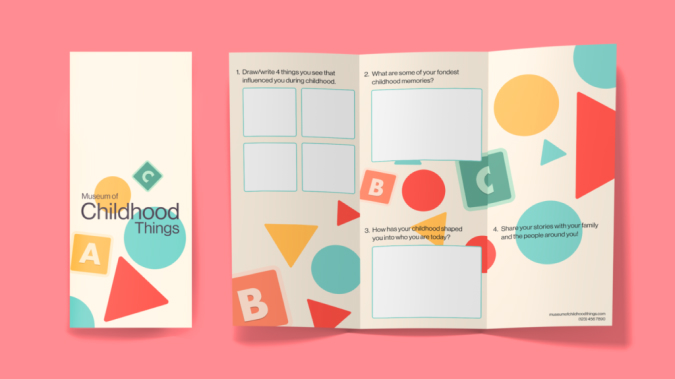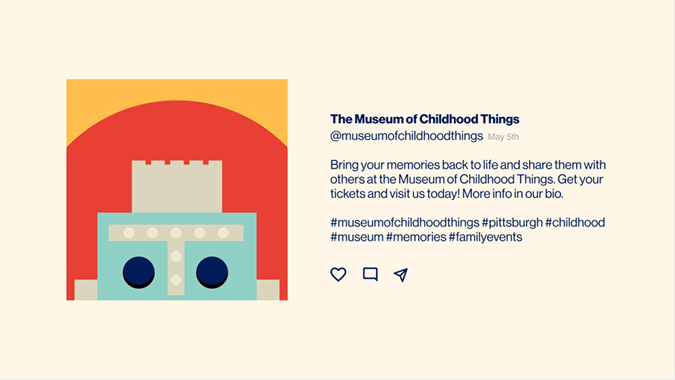New Transport: Reimagining Urban Transit Experience
Franklin Guttman
Fas Lebbie has taught several classes at the university level, primarily as a Teaching Fellow at Carnegie Mellon University, and has delivered lectures at MIT, Parsons School of Design, University of Utah, and as a Visiting Professor at SFK International College of Arts and Njala University in Sierra Leone. His teaching portfolio includes two graduate-level seminars he designed and taught and two mandatory undergraduate courses that he co-designed and co-taught at Carnegie Mellon University’s School of Design.
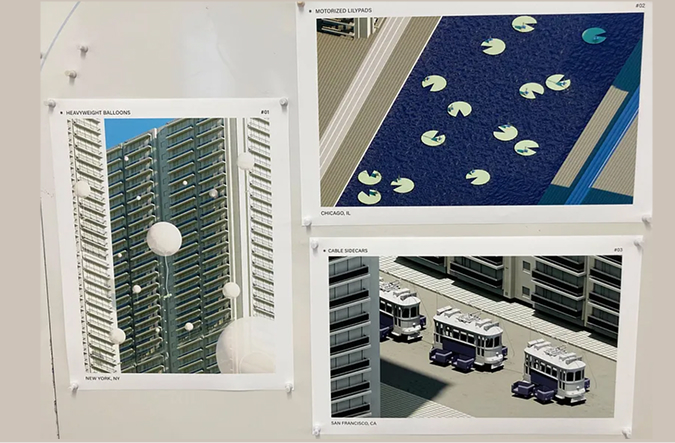
Franklin Guttman
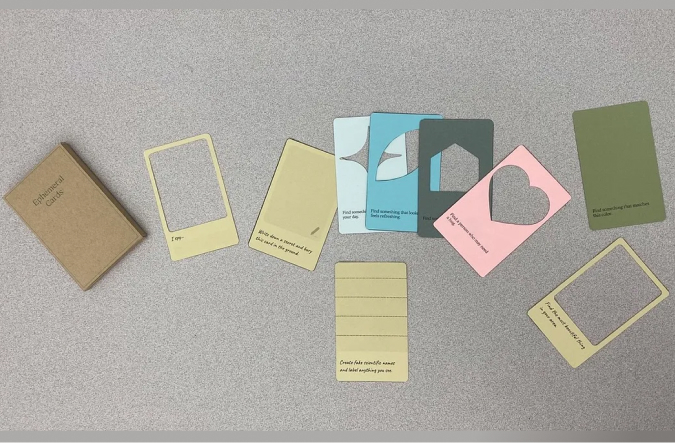
Se A Kim, Chelsea Liu, Catherine Wang, and Nicole Yu

Chris Han, Holly Liu, Eric Zhao, and Grace Li
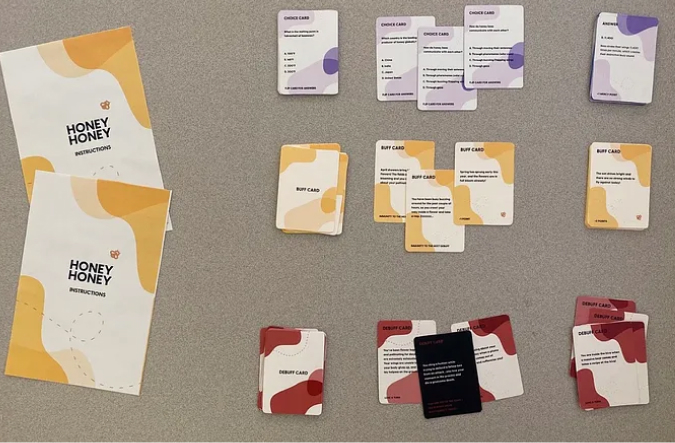
Elena Crites, Shruti Prasanth, and Ming Xin

Alison Hu, Joseph Kim, Francis Park, and Iris Yip
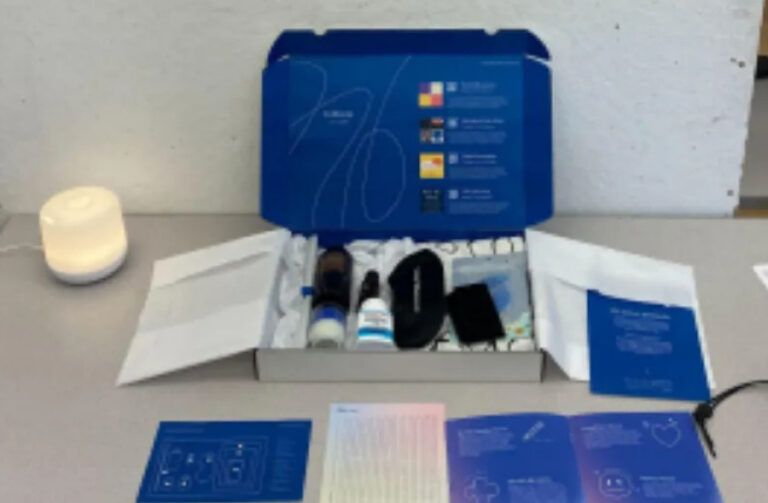
Caitlyn Baensch, Hayoon Choi, Neely Lee, and Rachel Legg
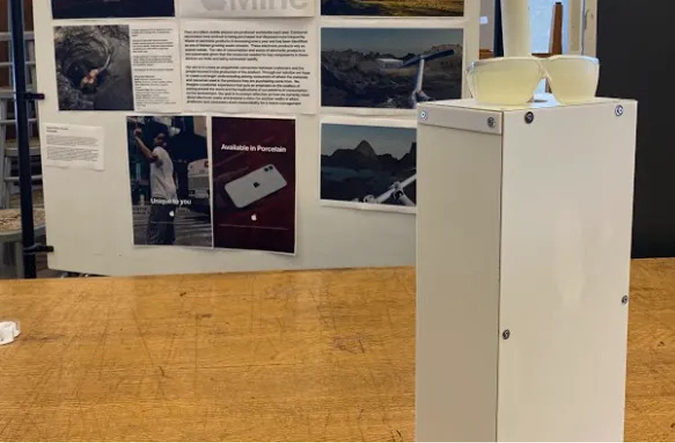
Quinten Staples and Max Shim
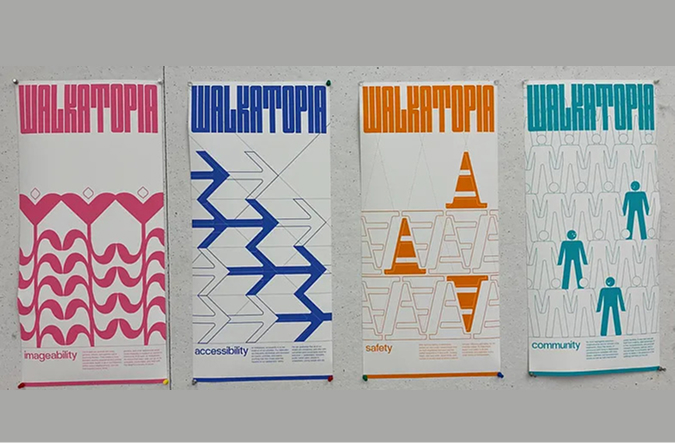
Bon Bhakdibhumi, Dorothy Li, Maggie Ma, and Elysha Tsai
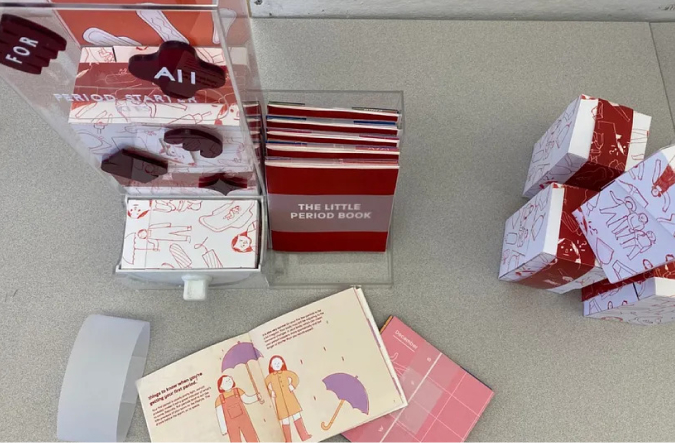
Jenny Liu, Proud Taranat, Jackie Wang, and Sarah Xi
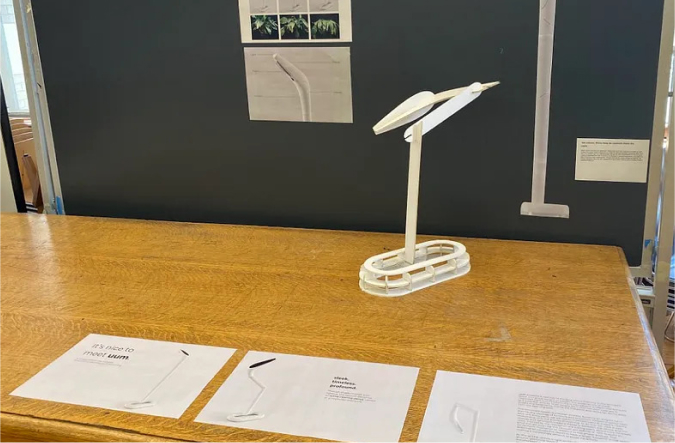
Tate Johnson, Zimmy Kang, Ian Lippincott, and Daniel Zhu
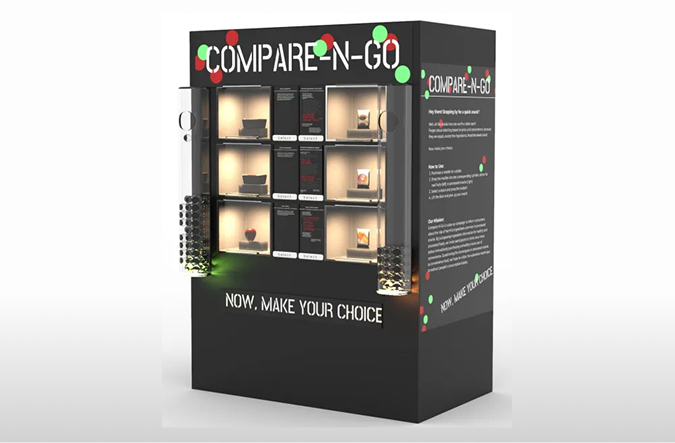
Youie Cho, Wenqing Yin, Sammie Kim, and Charmaine Qiu

Michael Kim, Gary Tang, Richard Zhou, and Jubbies Steinweh-Adler
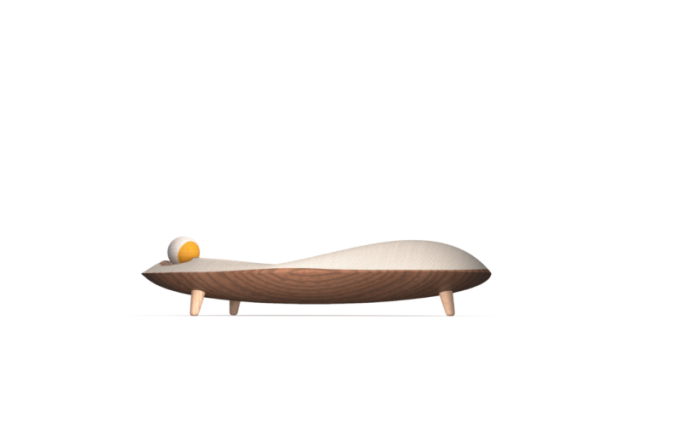
Janet and CeCe
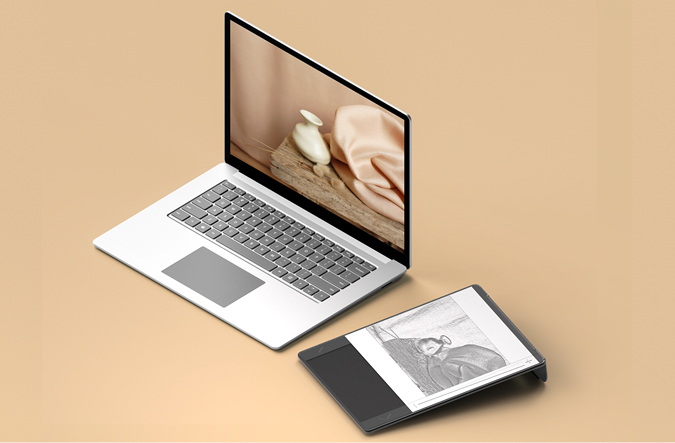
Langston Wells and Emily Spooner
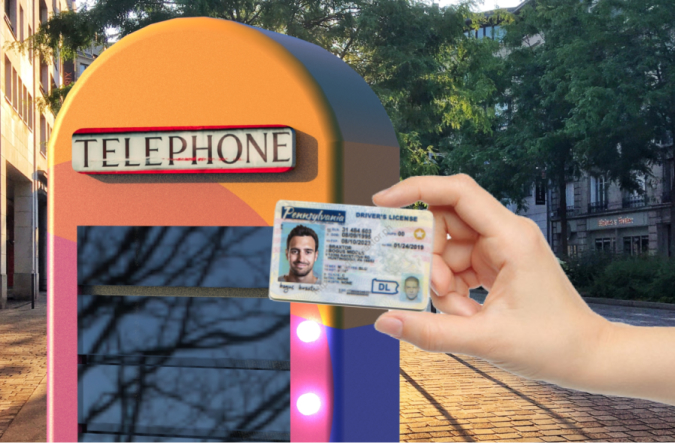
Andrea, Dorcas, and Mihika
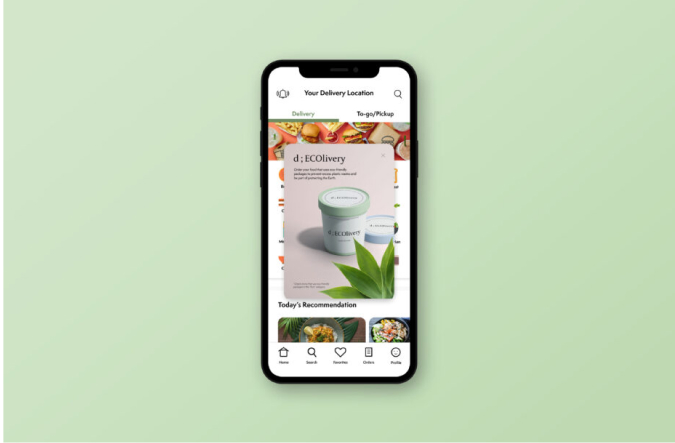
Stefanie Suk
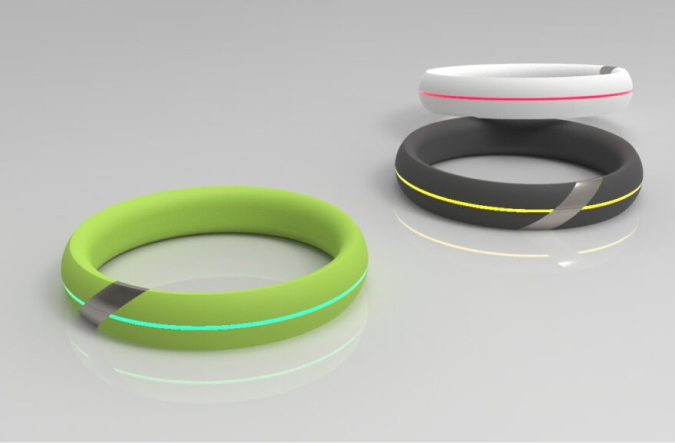
Yufei Wang

Student 4

Angela, Joseph, and Yoshi
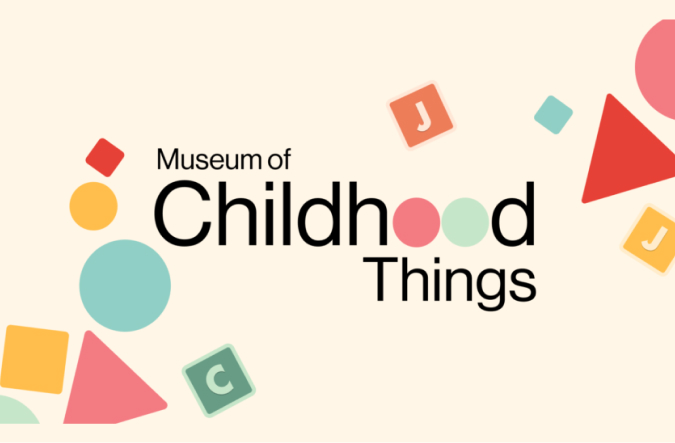
Caroline, Jamie and Jina

Franklin Guttman's "New Transport" addresses longstanding problems in public transportation systems—delays, inefficient routes, overcrowding, and stale user experiences—that drive commuters toward single-occupancy vehicles despite their environmental and congestion impacts. The project presents a series of novel public transportation alternatives that not only tackle these persistent issues but also inject imagination and excitement into the transit experience. Guttman's designs aim to entice commuters away from cars by creating more convenient, aesthetically pleasing commuting options. By reimagining stale infrastructure for evolving urban systems and changing passenger needs, "New Transport" demonstrates how thoughtful design can simultaneously improve daily city life, reduce environmental impact, and create more enjoyable mobility experiences.

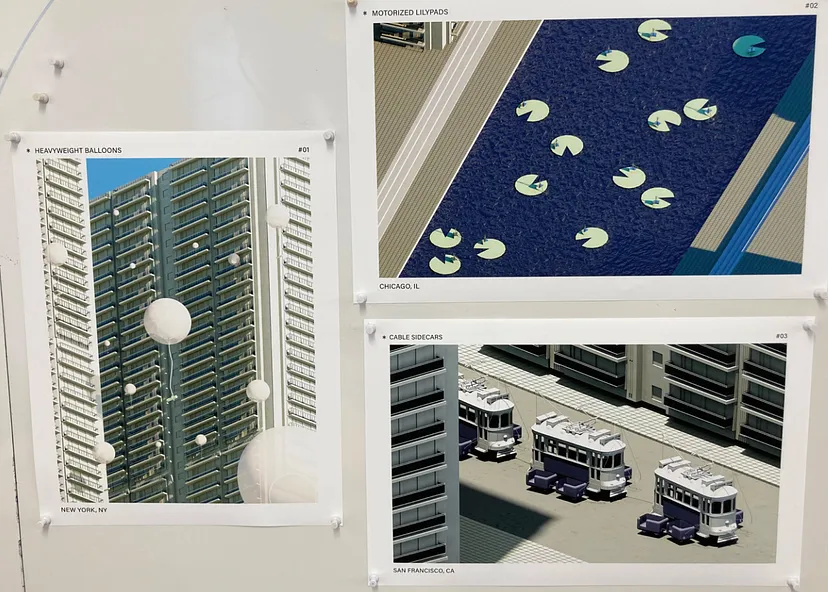

Se A Kim, Chelsea Liu, Catherine Wang, and Nicole Yu created "Ephemeral," an analog intervention addressing digital overwhelm and diminishing self-comfort. Recognizing how information overload challenges present-moment appreciation, the team designed a card-based experience for use during transitional moments like waiting in lines or between classes. The cards, which can be placed environmentally or carried personally, provide contemplative prompts that reconnect users with their surroundings. This deliberately low-tech approach creates technology-free spaces for mindfulness. "Ephemeral" offers a simple yet powerful tool for cultivating awareness and wonderment in everyday environments, demonstrating how thoughtful design can create moments of reflection within the fast-paced digital landscape without requiring additional screen time.
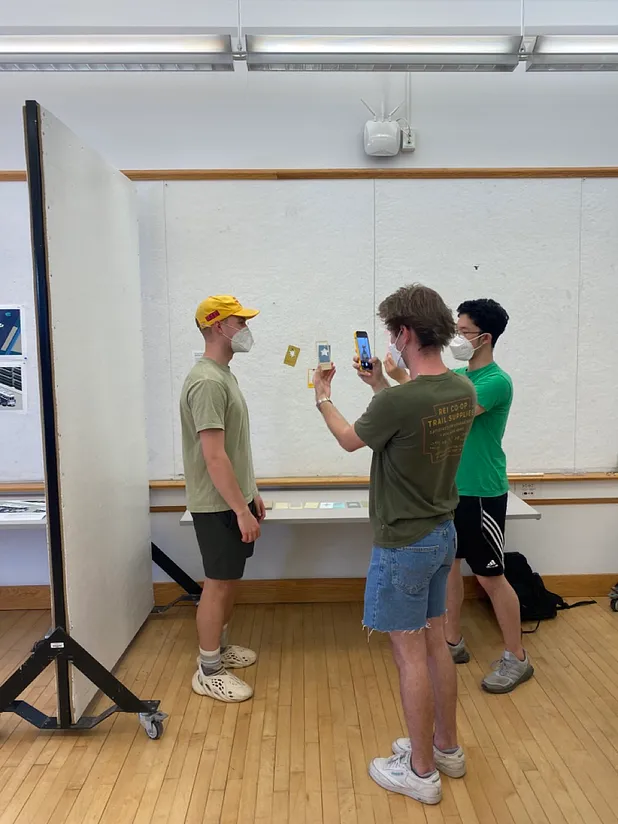
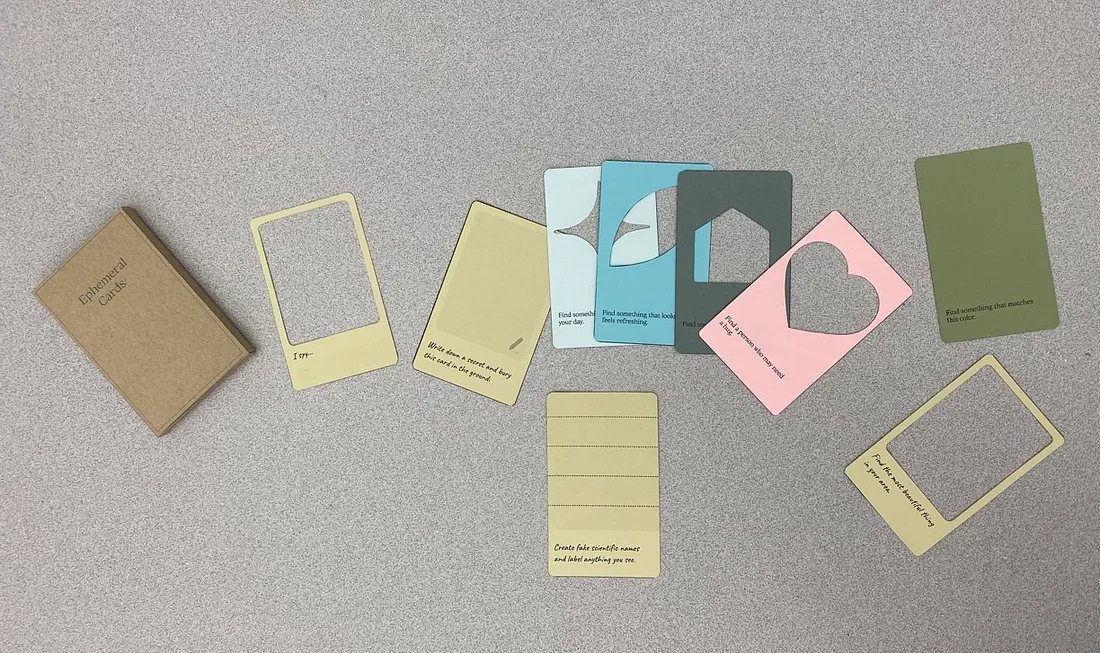
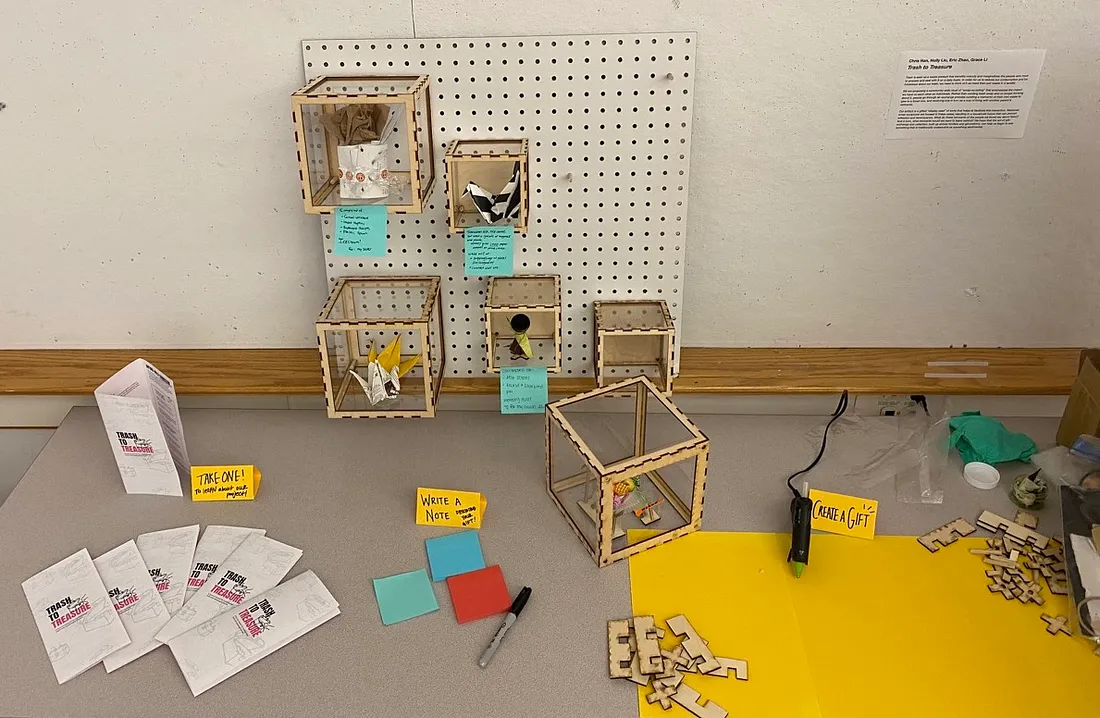
Chris Han, Holly Liu, Eric Zhao, and Grace Li developed "Trash to Treasure," a project transforming waste perception through community ritual. Moving beyond viewing trash as merely discarded material destined for landfills, the team designed a "scrap-sculpting" exchange process where individuals create mementos from their own waste to give to loved ones. The project features display cases for housing these gifted waste sculptures, establishing them as meaningful household fixtures that prompt reflection. This practice encourages people to consider both the remnants they receive and those they create, fostering intergenerational appreciation for materials typically deemed undesirable. "Trash to Treasure" reimagines waste relationships through sentimentality, creating emotional connections to consumption patterns while addressing environmental concerns through interpersonal exchange.
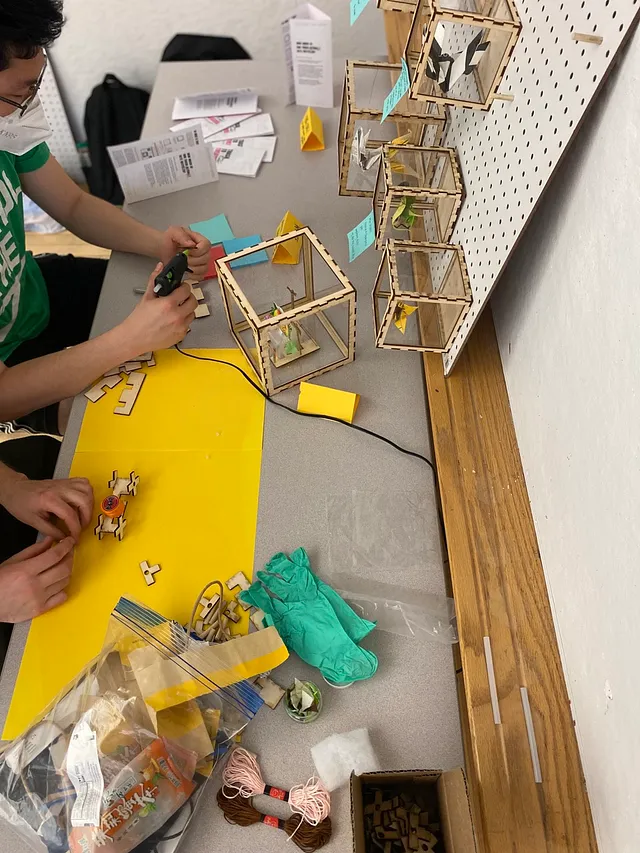


Elena Crites, Shruti Prasanth, and Ming Xin created "Honey Honey," a subversive board game set in a dystopian future where bees have gone extinct. The game places players in the role of honeybees navigating environmental challenges like habitat loss, reduced biodiversity, and industrial honey production. The deliberately unwinnable game serves as a powerful educational tool, fostering empathy for these essential pollinators while delivering a sobering message about environmental stewardship. As players repeatedly fail to survive as bees, they confront humanity's responsibility for ecological collapse. "Honey Honey" uses speculative gameplay to transform abstract environmental concerns into tangible experiences, creating an emotional connection to seemingly distant ecological issues through immersive, consequence-based storytelling.

Alison Hu, Joseph Kim, Francis Park, and Iris Yip created "The Little Home," addressing the challenges facing families with nontraditional work patterns. The project combines physical playing cards with IoT technology to enable asynchronous bonding between parents and young children during their formative years. The system allows children to send non-intrusive story prompts to parents' devices, enabling adults to craft and record personalized stories regardless of time constraints or location. This innovative approach transforms traditional bedtime routines into flexible, creative interactions that preserve meaningful connection despite physical separation. While acknowledging that face-to-face relationships remain irreplaceable, The Little Home offers a novel avenue for creating lasting memories beyond spatial and temporal limitations, helping distanced relationships remain emotionally fulfilling.
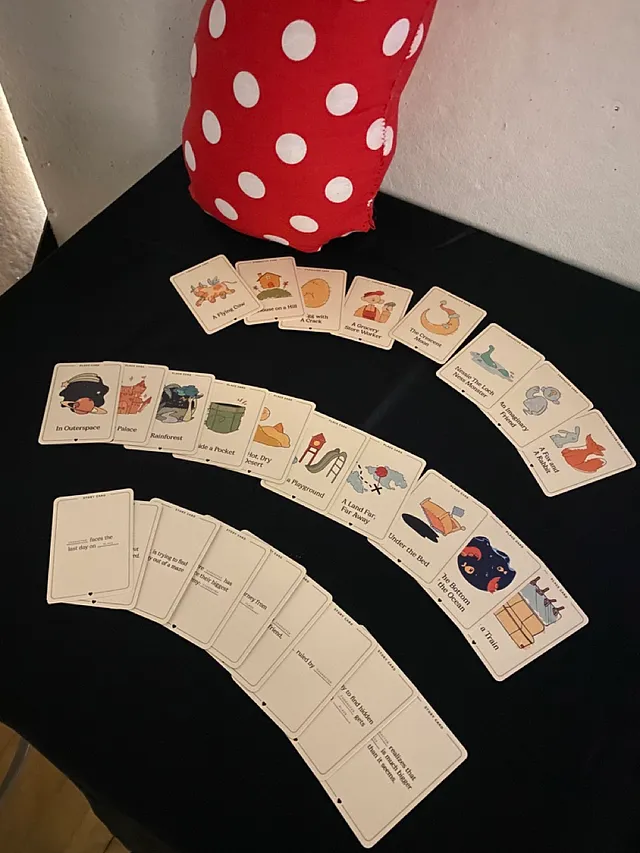
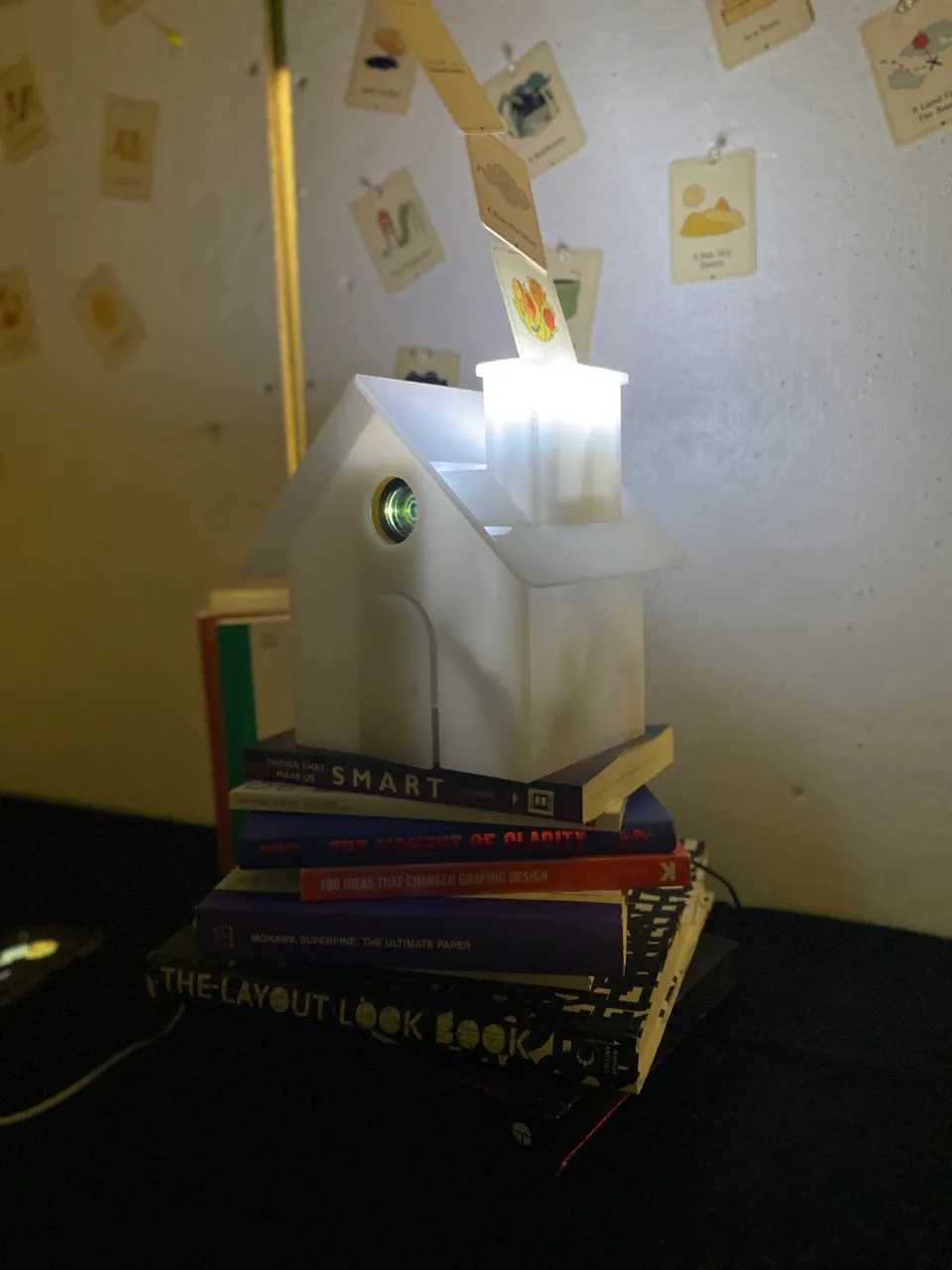
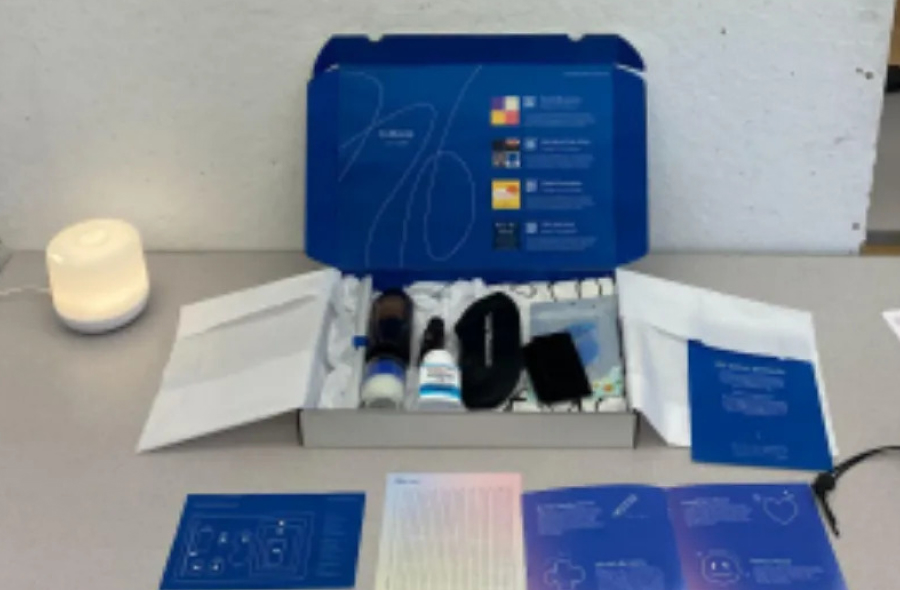
Caitlyn Baensch, Hayoon Choi, Neely Lee, and Rachel Legg created "Refresh," a speculative wellness brand addressing the sleep deficiency epidemic among students who prioritize academics and social life over self-care. Recognizing sleep's essential role in wellbeing, success, and mood regulation, the team designed semester-based health kits to inspire healthy sleep habits. Their approach educates students about sleep's impacts on both body and mind while providing practical tools to encourage sustainable behavioral changes. Refresh envisions a transformed student experience where prioritizing rest becomes normalized, ultimately serving as a catalyst for a healthier, more empowered student population that reaches its fullest potential through improved sleep hygiene.
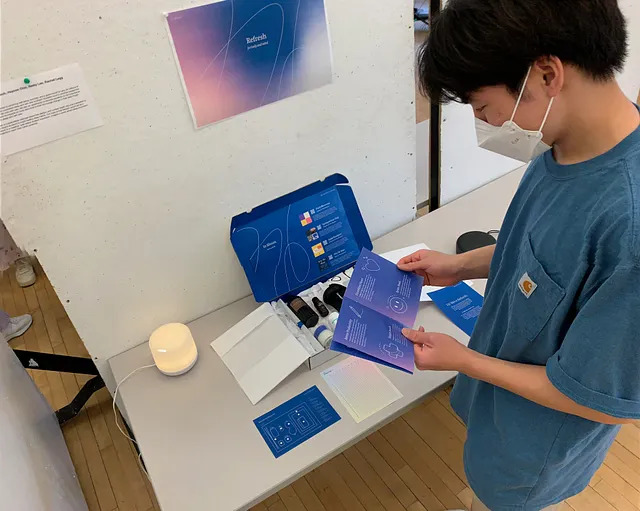
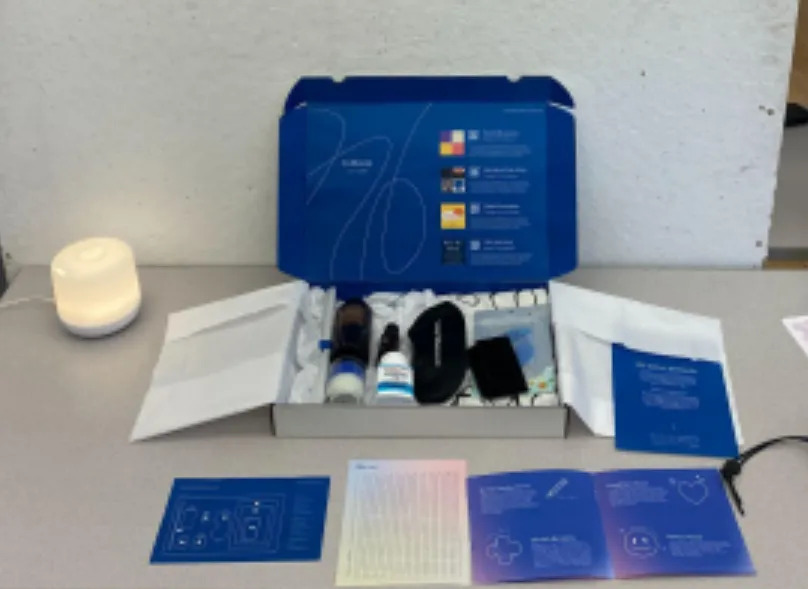

Quinten Staples and Max Shim developed "Assemble," addressing the unsustainable cycle of electronic production and disposal. With over one billion mobile phones produced annually and rapidly growing e-waste streams depleting scarce metals, the project challenges current consumption patterns. The team creates an empathetic connection between consumers and production workers by designing a customer experience that highlights global mining realities and environmental consequences. Their approach emphasizes transparency about resource origins and material sourcing. "Assemble" prompts critical reflection on electronic waste while proposing an alternative reality where responsibility is shared between producers and consumers, ultimately reimagining the relationship between people, products, and the planet.
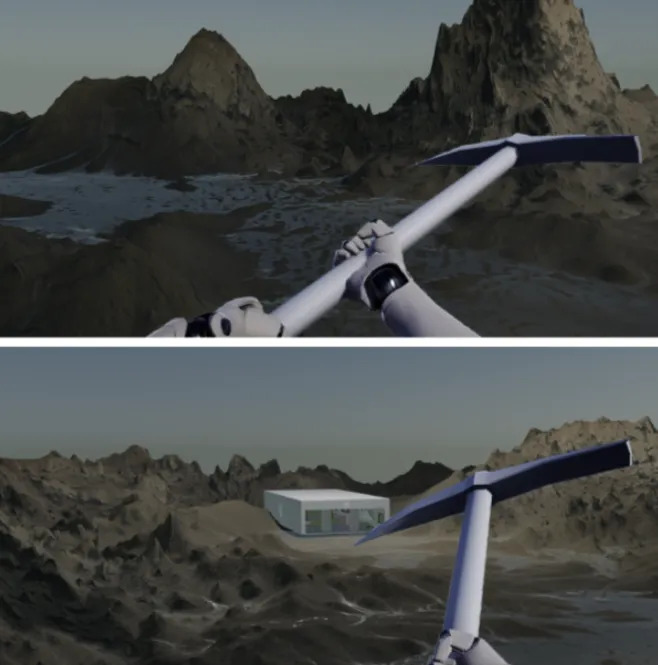
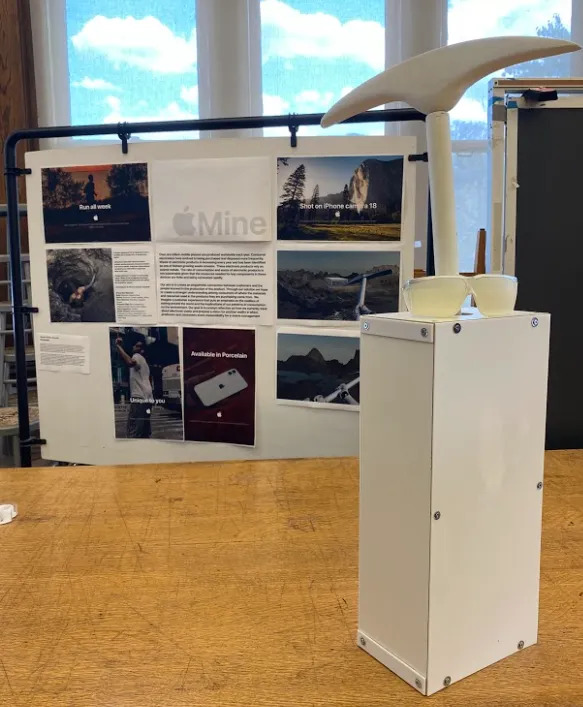

Bon Bhakdibhumi, Dorothy Li, Maggie Ma, and Elysha Tsai created "Welcome to Walkatopia," addressing America's car-centric infrastructure that creates inequity and inaccessibility for pedestrians. The project highlights how un-walkable cities perpetuate social disparities while reducing environmental, physical, and financial benefits for communities. Through an immersive digital experience, the team guides users through an unwalkable city, personalizing common frustrations while connecting individual experiences to broader societal consequences. Their campaign for the fictional "Walkatopia" disrupts established mental models, helping audiences envision an alternative reality where walking is both safe and preferable to driving. This speculative design work challenges conventional urban planning by prioritizing pedestrian infrastructure over automobile convenience.
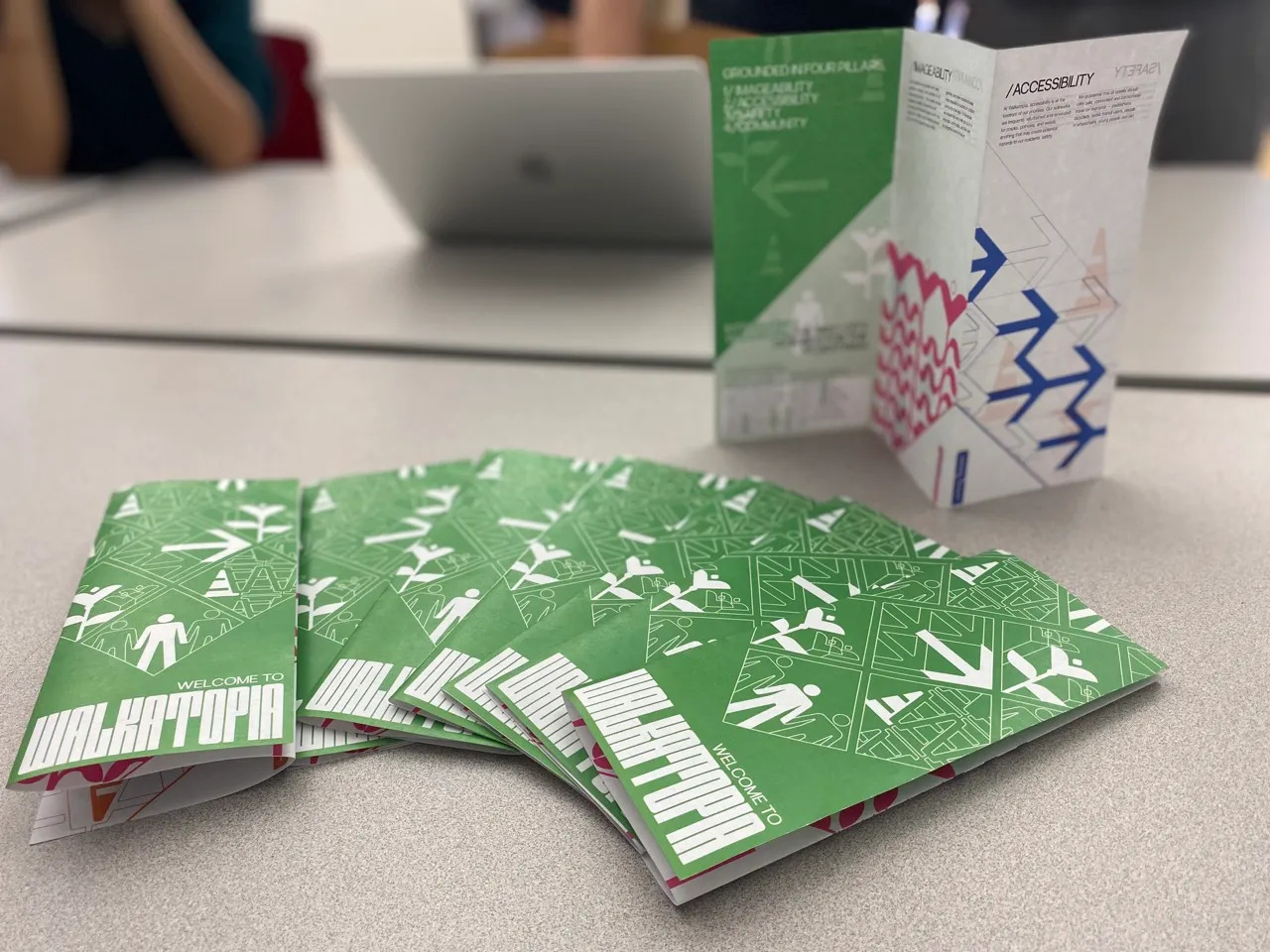
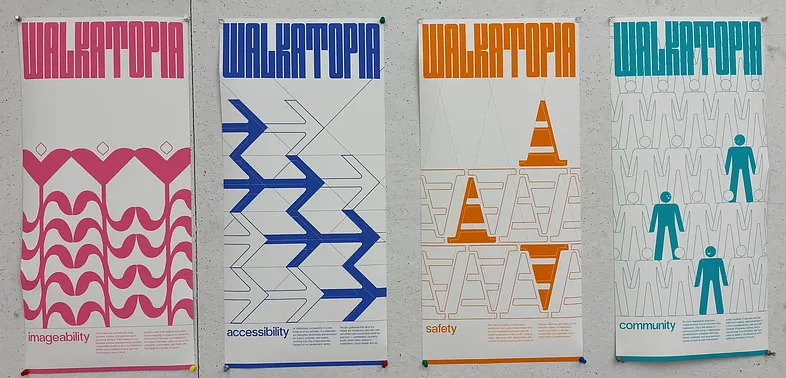

Jenny Liu, Proud Taranat, Jackie Wang, and Sarah Xi created a comprehensive campaign addressing period taboos that endanger women's physical and mental health. The project specifically targets young girls experiencing their first menstrual cycles who face barriers to accurate, diverse information. The team designed multiple touchpoints to empower adolescents, including informative booklets, sample product kits with guidance, period documentation tools, and public dispensers distributing these resources. Their holistic approach creates accessible entry points for education and conversation. This thoughtfully designed campaign challenges viewers to consider how these interventions might have transformed their own early menstruation experiences, ultimately working to destigmatize natural bodily functions through informed empowerment.
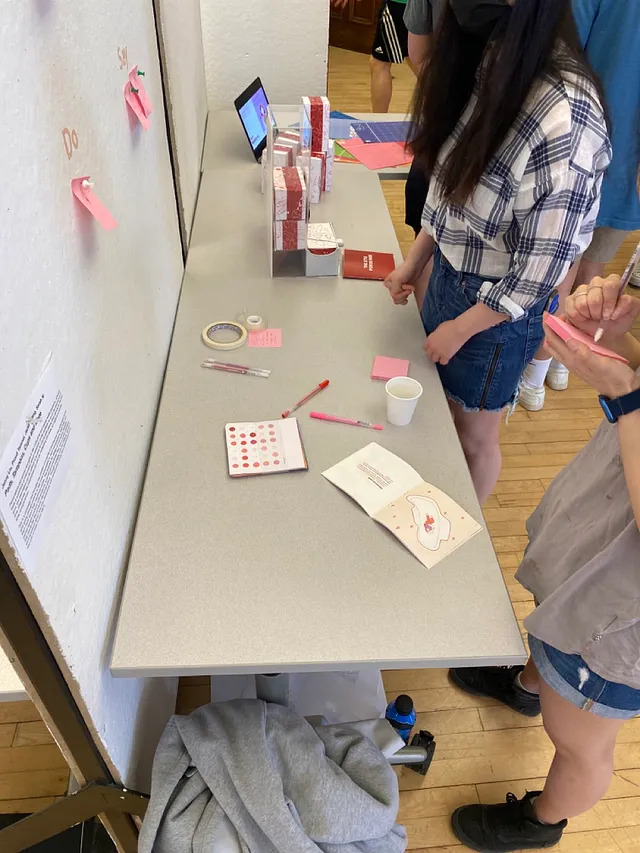
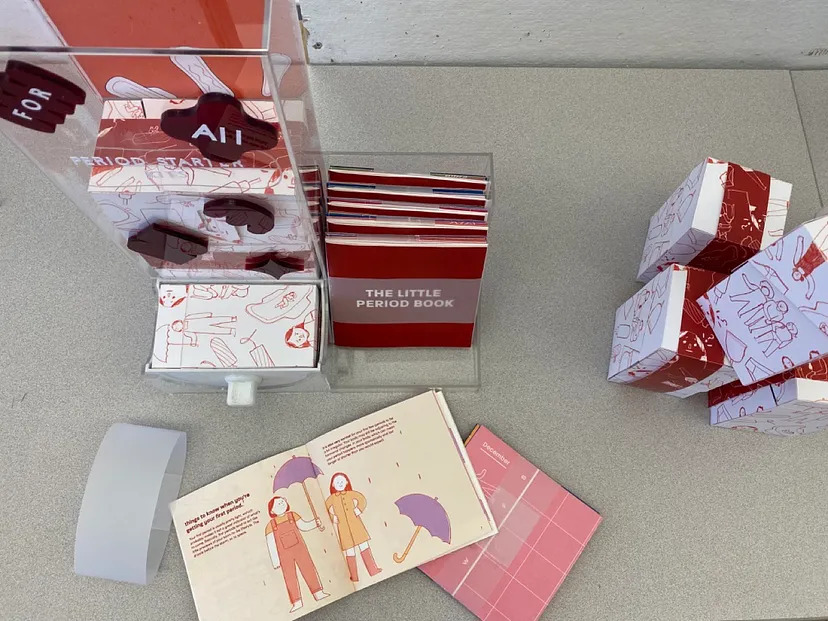

Tate Johnson, Zimmy Kang, Ian Lippincott, and Daniel Zhu created "uum.," a project transforming the perception of vacuuming from laborious task to aesthetic experience. Recognizing that vacuums are typically hidden and neglected until floors become unbearable, the team reimagined the appliance as sculptural furniture meant for display in central living spaces. Through innovative use of shape-change capabilities and integrated lighting, their design gives the vacuum a dynamic presence. This anthropomorphic quality positions the device as an active participant in home maintenance rather than a forgotten tool. "uum." challenges conventional home appliance design by elevating utilitarian objects to decorative status, potentially increasing usage through improved visibility and appeal.
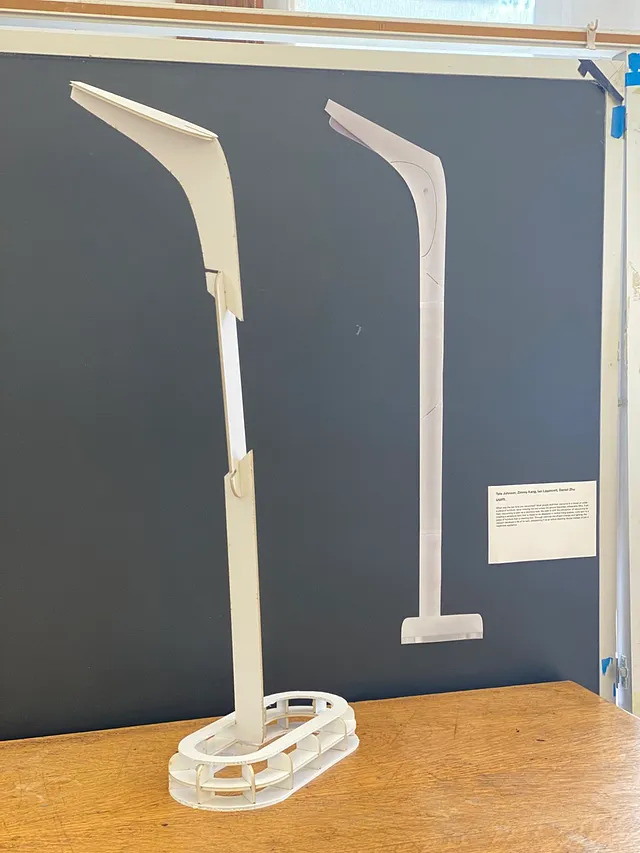
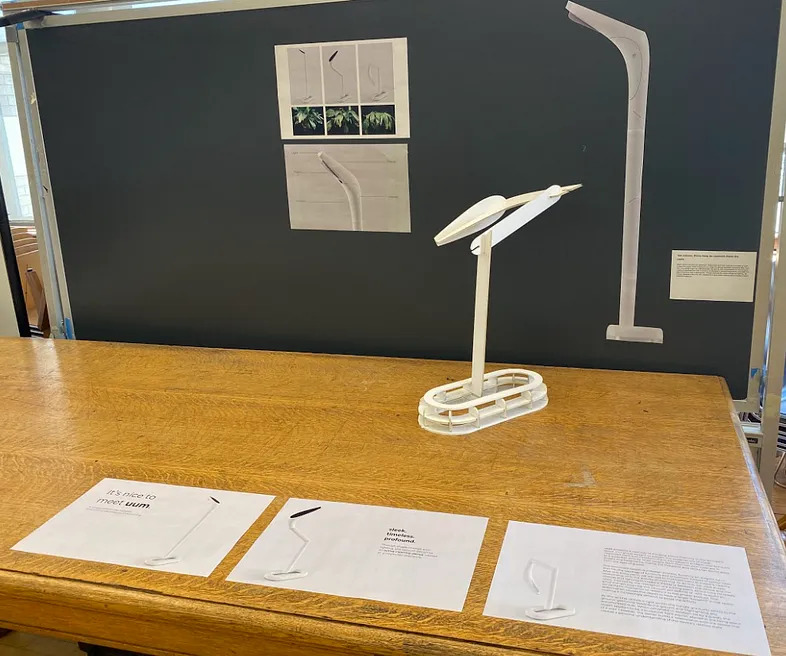

Youie Cho, Wenqing Yin, Sammie Kim, and Charmaine Qiu created "Compare-N-Go," a pop-up campaign addressing uninformed snack choices among college students. The project features a Wizard-of-Oz vending machine that directly juxtaposes processed and healthy foods alongside their nutrition facts. The intervention challenges the convenience food culture by making nutritional comparisons immediately visible at the point of purchase. By revealing "hidden dangers" in processed snacks and displaying others' reactions, the campaign creates a disruptive moment of awareness. Compare-N-Go aims to subvert thoughtless consumption patterns and redirect priorities, ultimately persuading students to choose healthier alternatives despite their busy schedules.
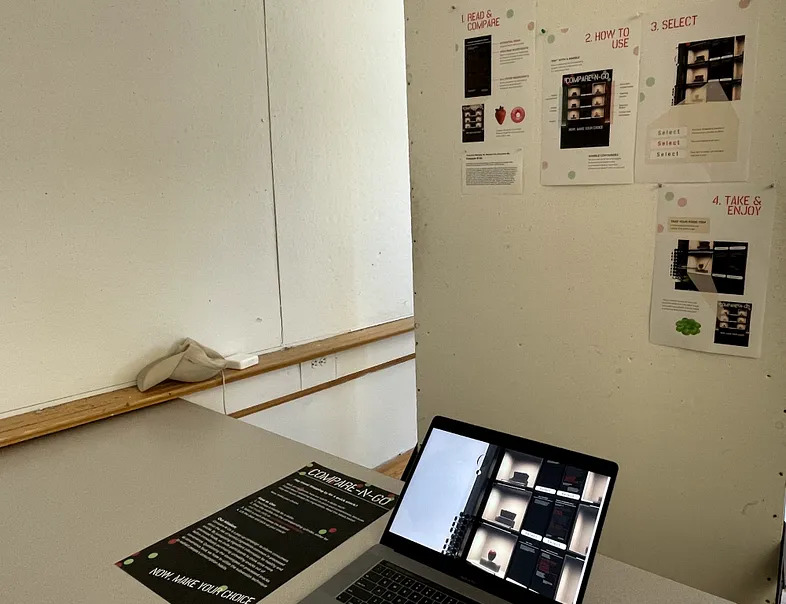
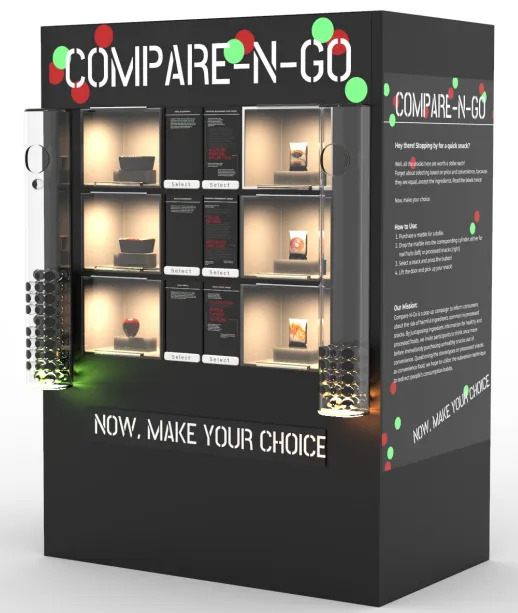

Michael Kim, Gary Tang, Richard Zhou, and Jubbies Steinweh-Adler created "Spinning Out," a project examining the growing problem of abandoned rental scooters in public spaces. The work uses hyperbolic visualization techniques to illustrate extreme scenarios of unchecked scooter parking behavior. Through striking 3D imagery and bold, high-contrast typography, the team invites viewers to contemplate the negative consequences when shared environments become impromptu scooter parking lots. The project effectively persuades audiences to consider the social costs of individual convenience. "Spinning Out" challenges users to recognize how their seemingly small actions collectively transform and potentially disrupt common spaces when multiplied across an entire population.

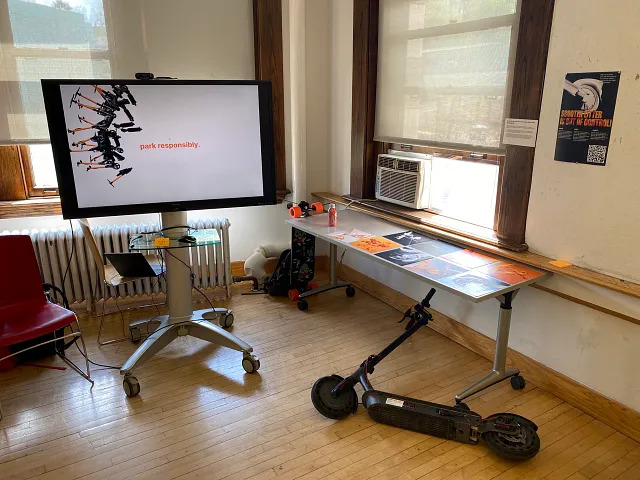

Janet and CeCe developed "Sledu," an innovative furniture company creating products that transform traditional human-centered design into animal-centered living spaces. The project anticipates a paradigm shift where pets evolve from passive household members to "spirit animals" who actively guide family lifestyles and decisions. Using framing and subversion tactics, Sledu's furniture collection challenges conventional domestic hierarchies, persuading users to embrace a new relationship dynamic with their animal companions. The design approach radically reimagines household objects to facilitate harmonious coexistence between species. This forward-thinking project invites viewers to consider how design can reshape interspecies relationships and domestic environments.
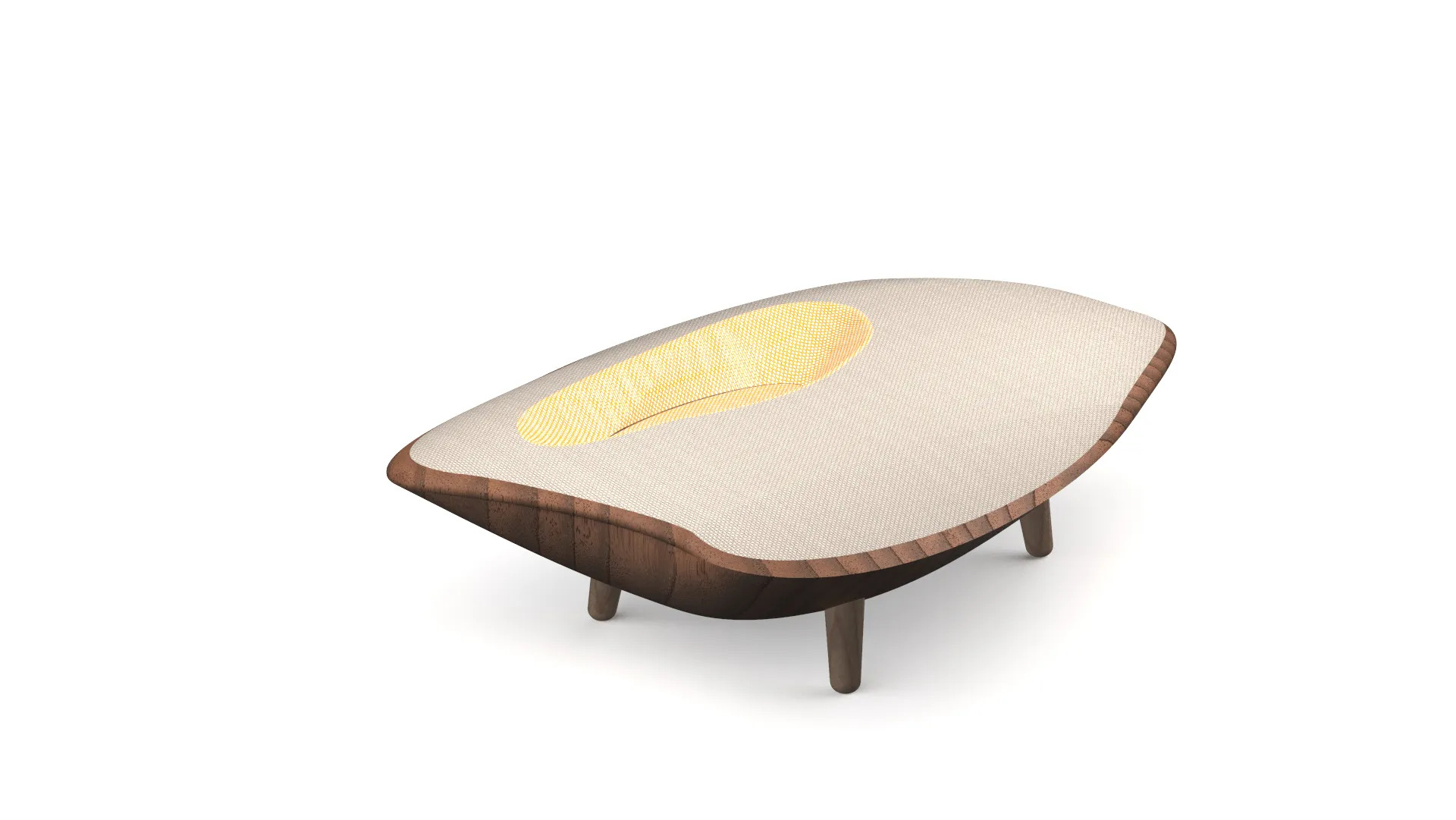
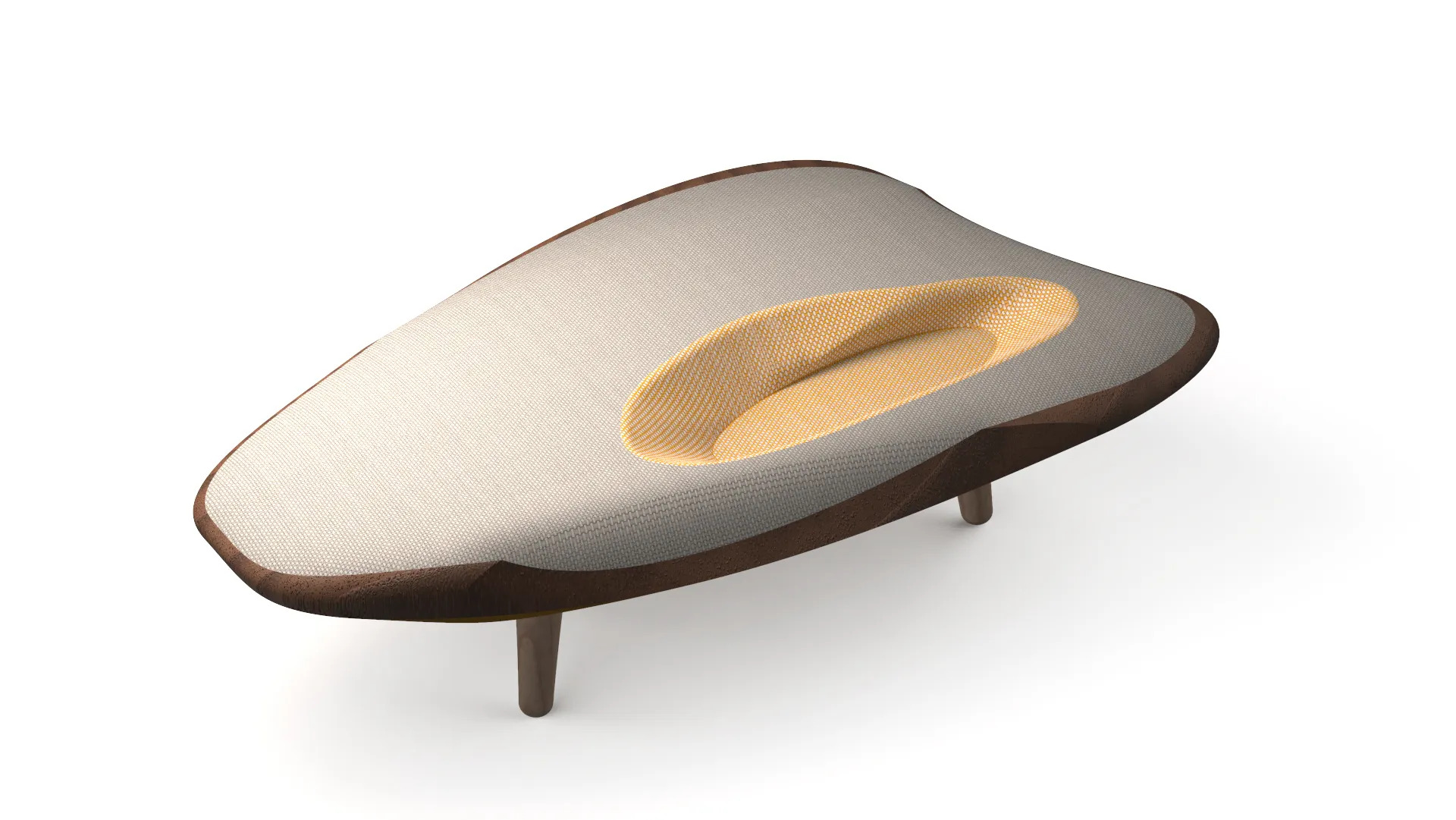
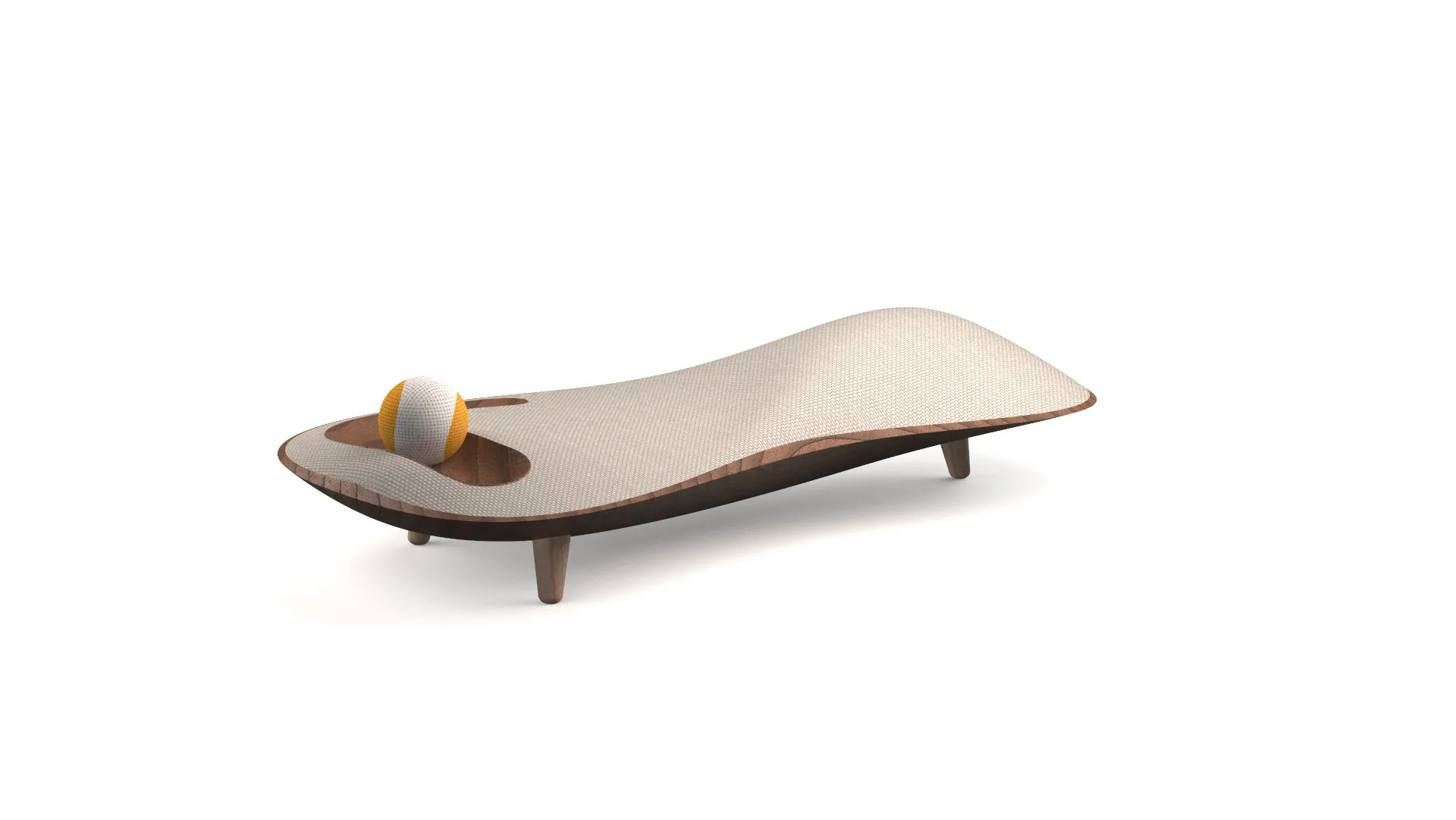
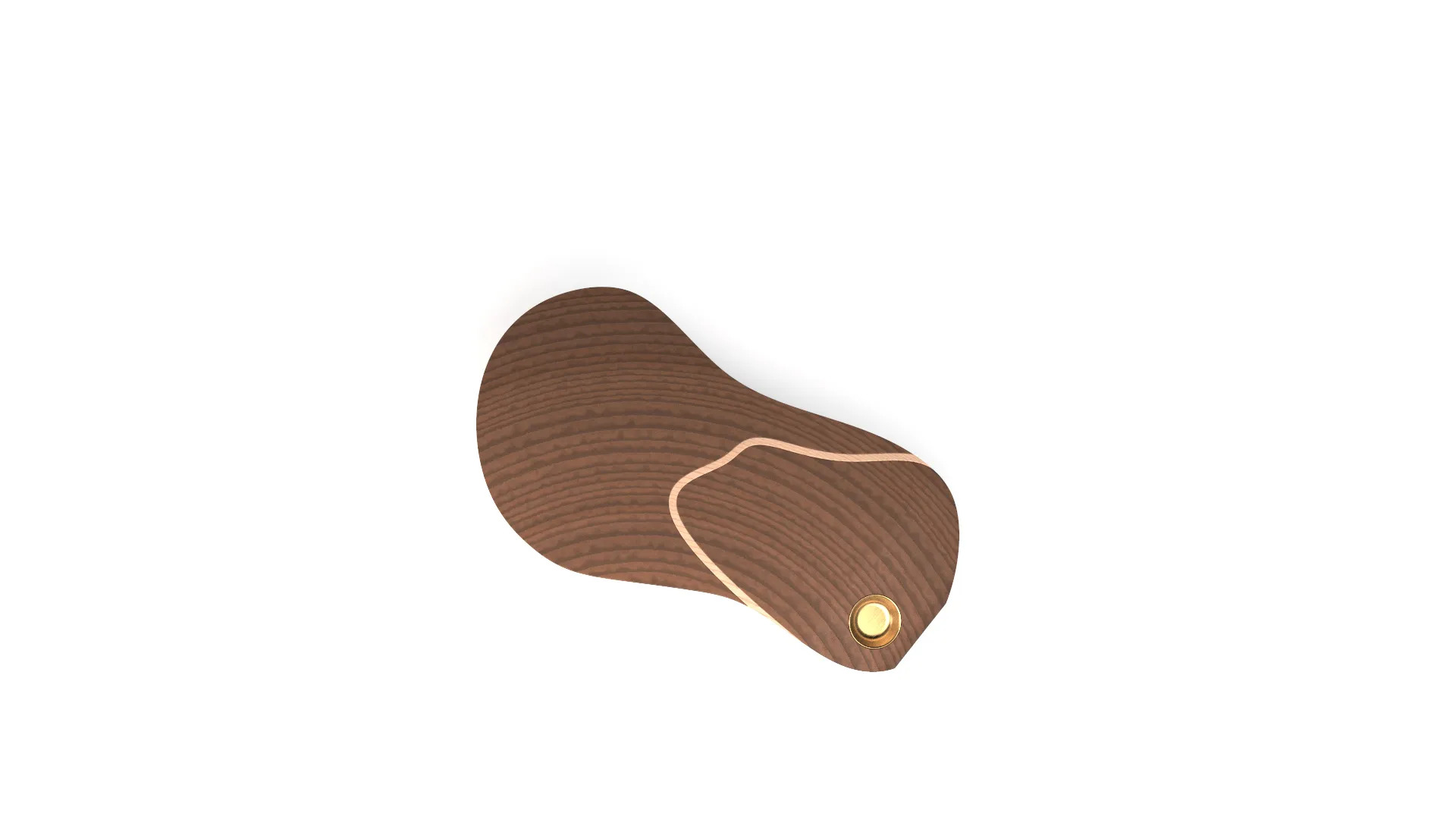
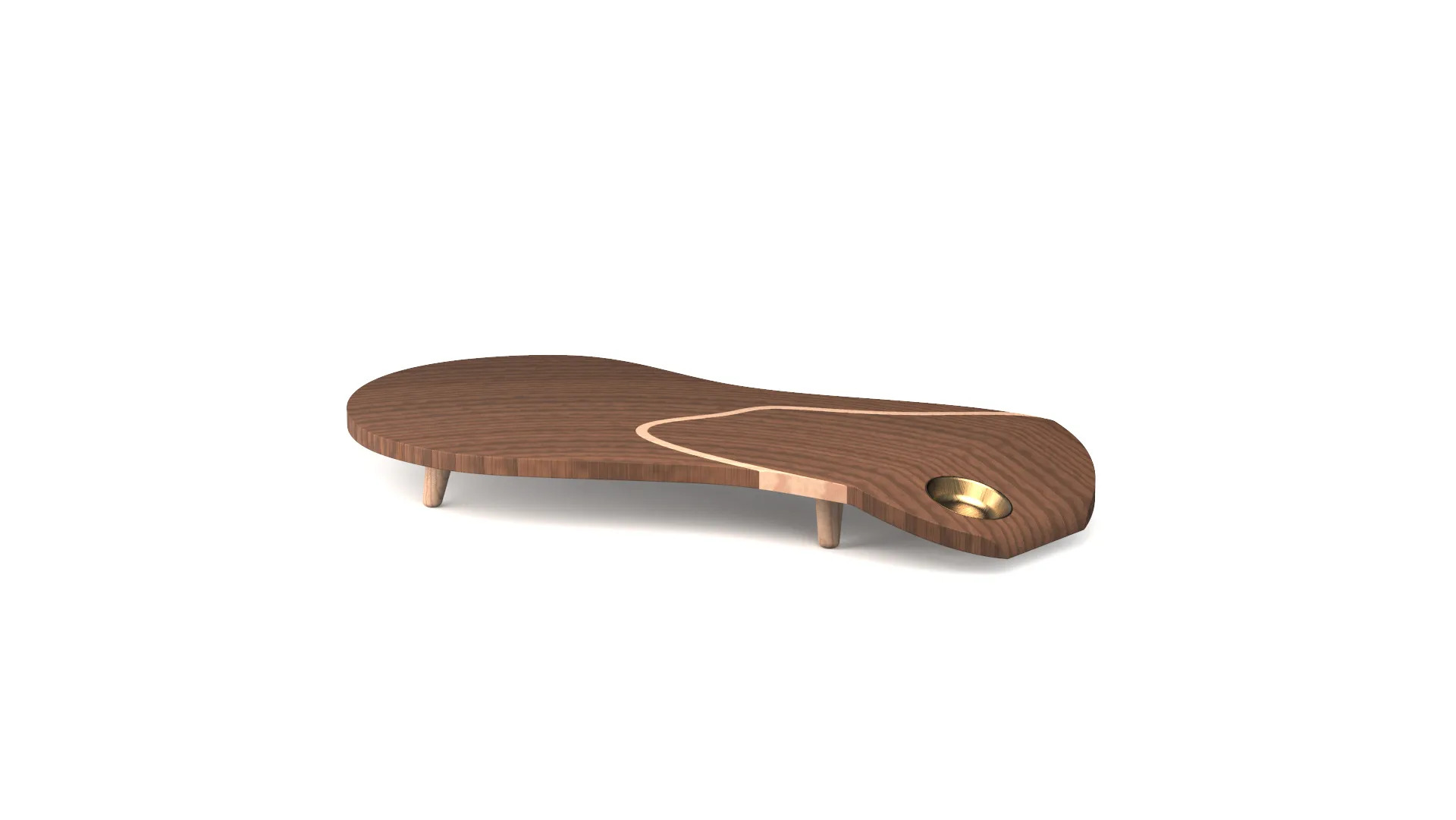
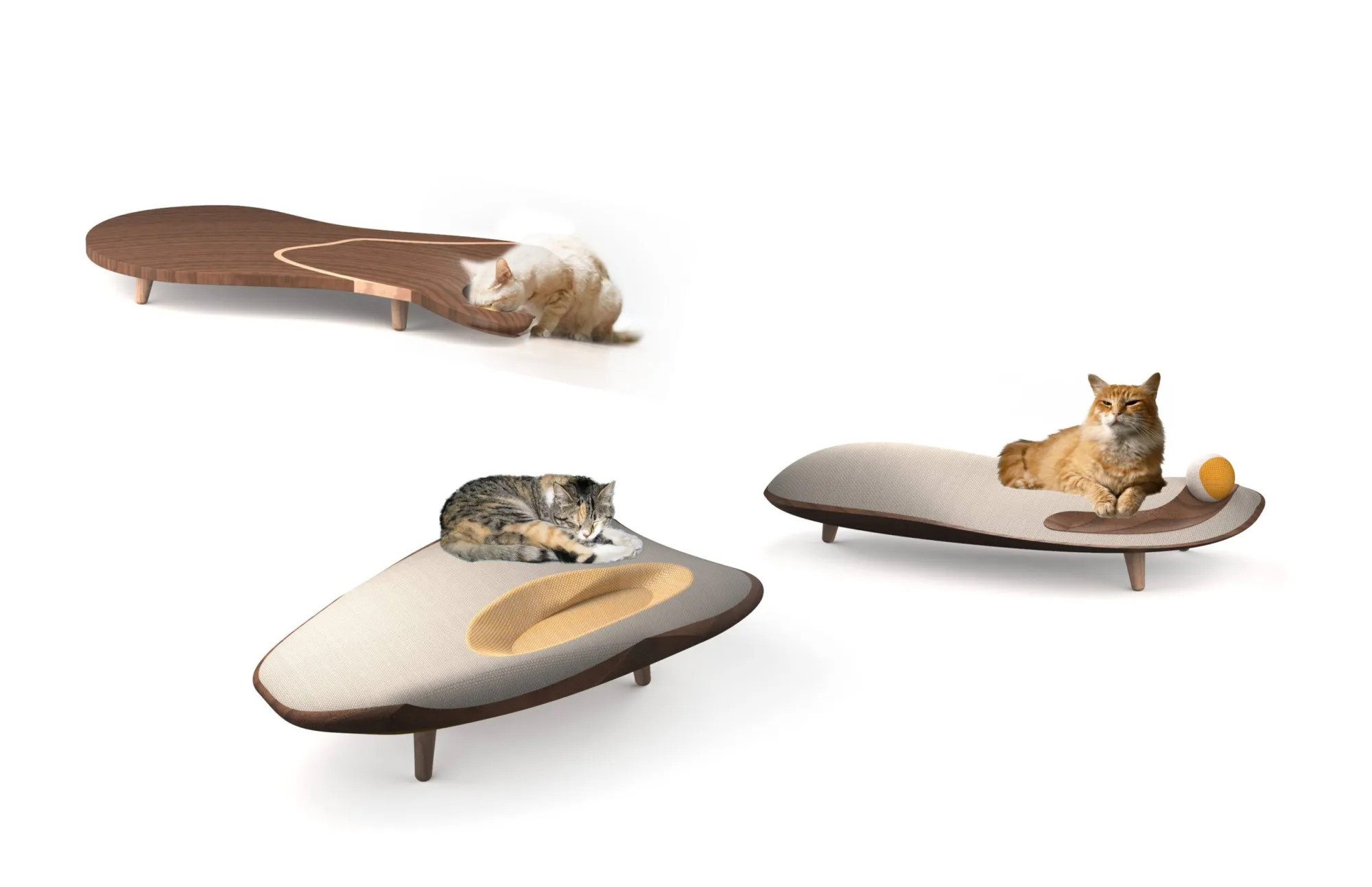
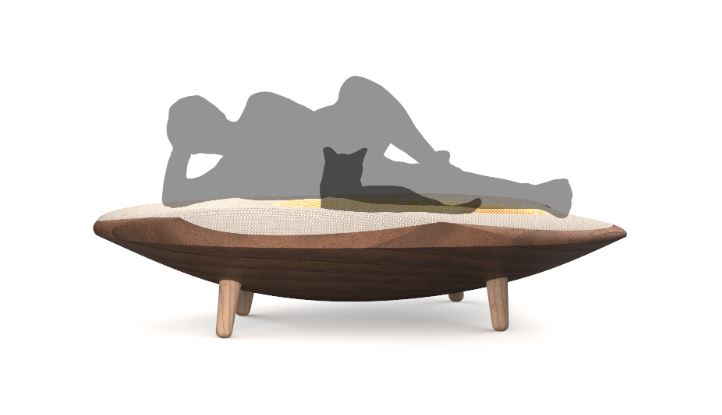

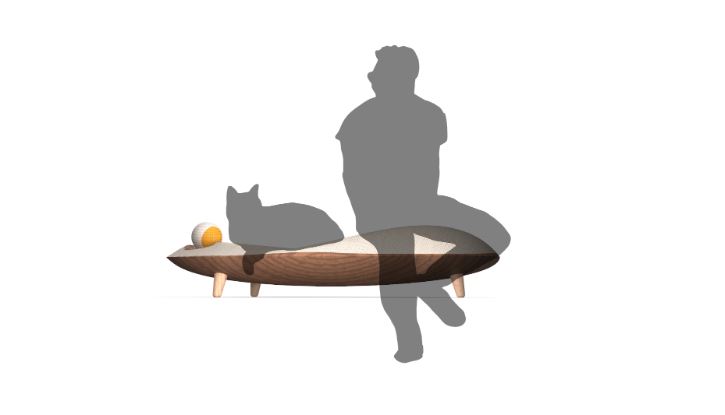
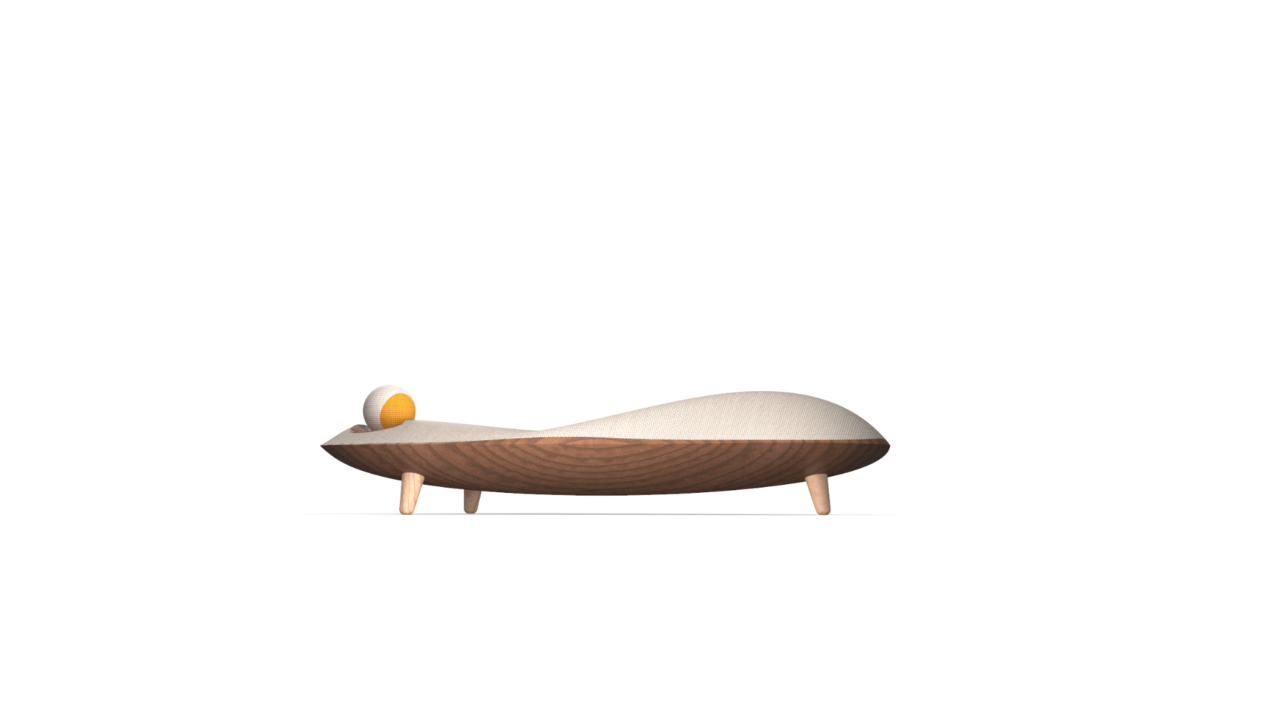

Langston Wells and Emily Spooner created "Surfaces," a project translating 2D digital images into interactive 3D reliefs. The work addresses increasing digitization by enhancing tactile engagement with visual media through desktop and wall-mounted models. The team designed with comprehensive accessibility in mind, utilizing distinct textures (foam hand rests, brushed aluminum buttons) and ergonomic scaling to create comfortable interaction patterns. Rather than targeting only visually impaired users, they framed the product commercially to promote widespread appreciation of tangible experiences. Their thoughtful design includes dual-use configurations, braille-embossed instructions, and accessible packaging with high-contrast graphics. This forward-thinking project demonstrates how intentional design can enhance digital experiences while improving accessibility and encouraging meaningful social interaction around technology.
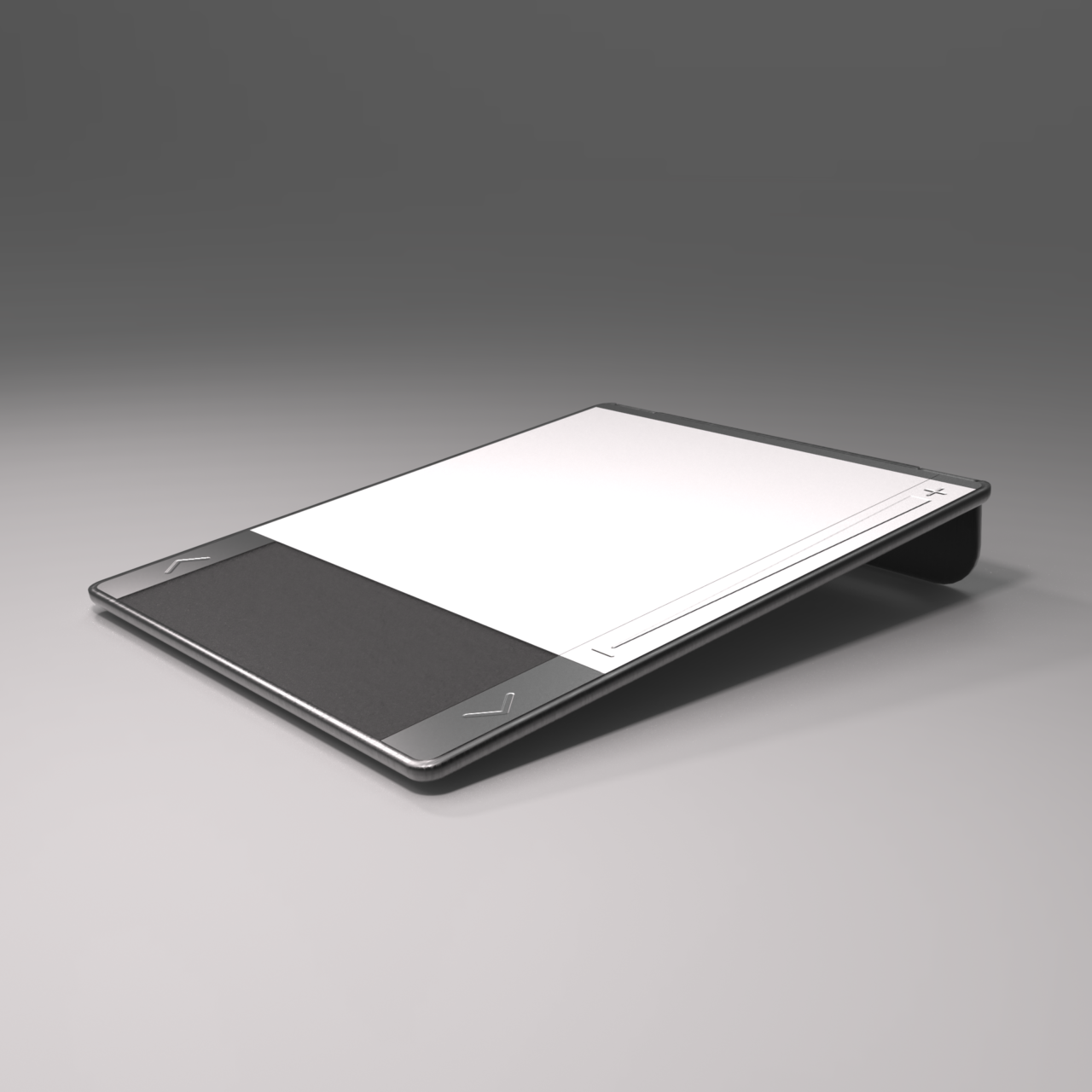

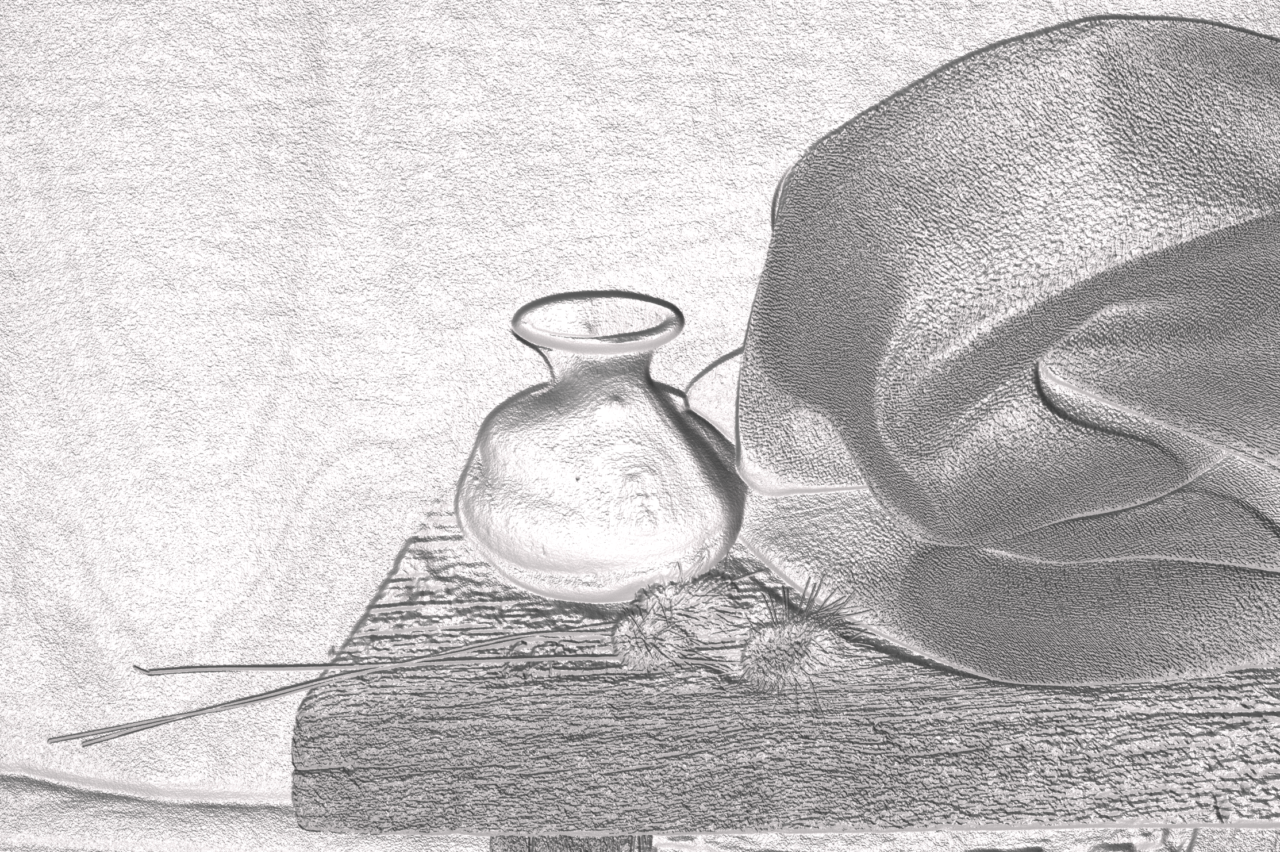
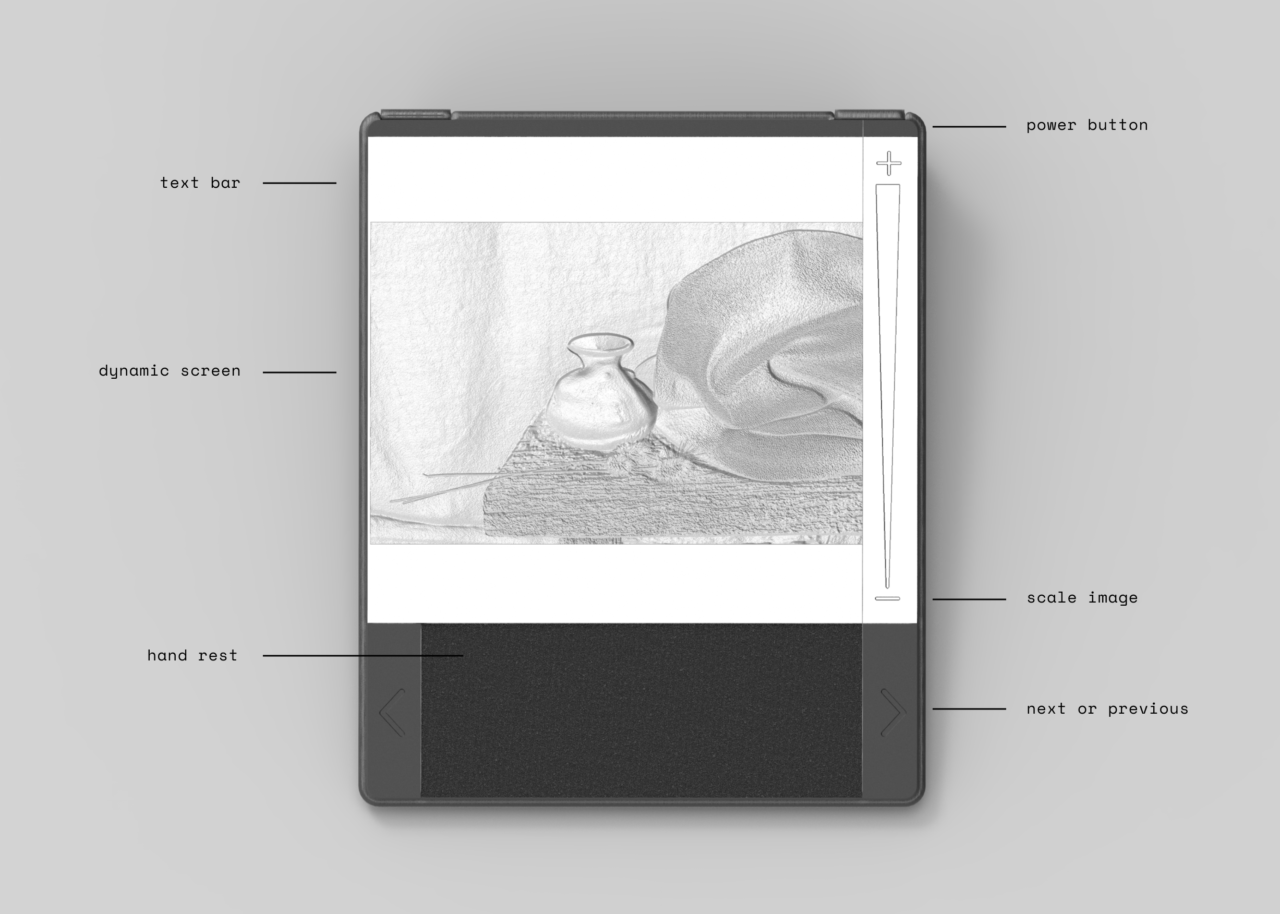
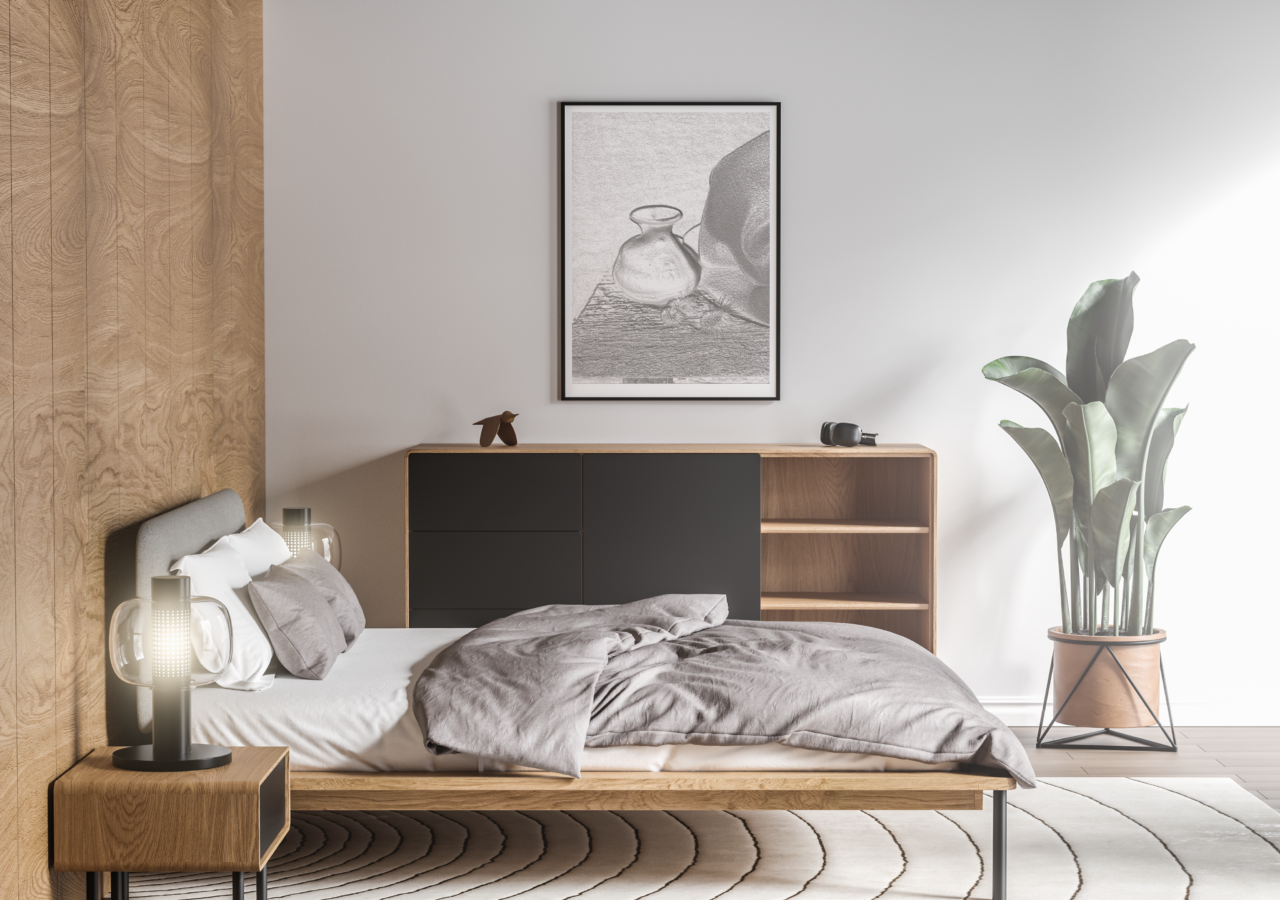
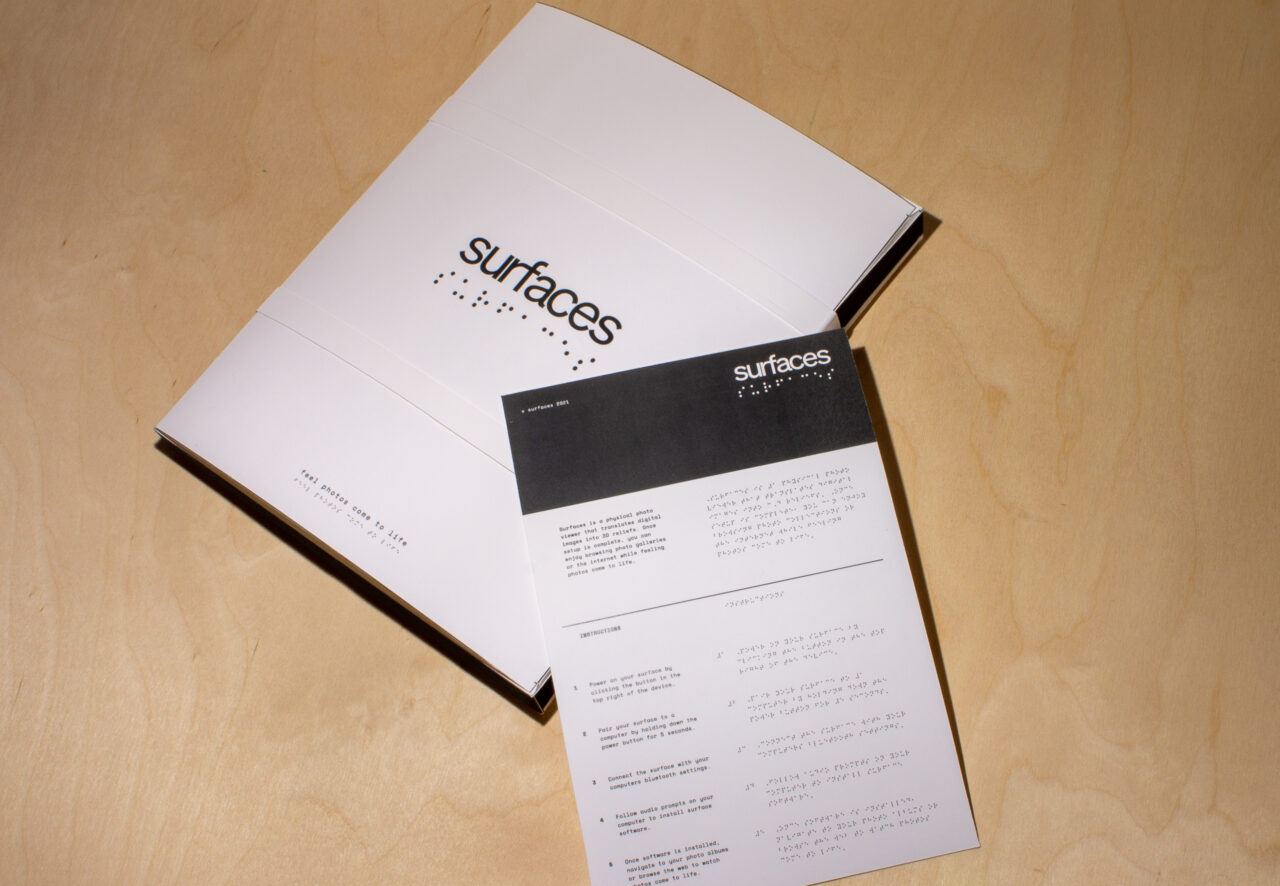
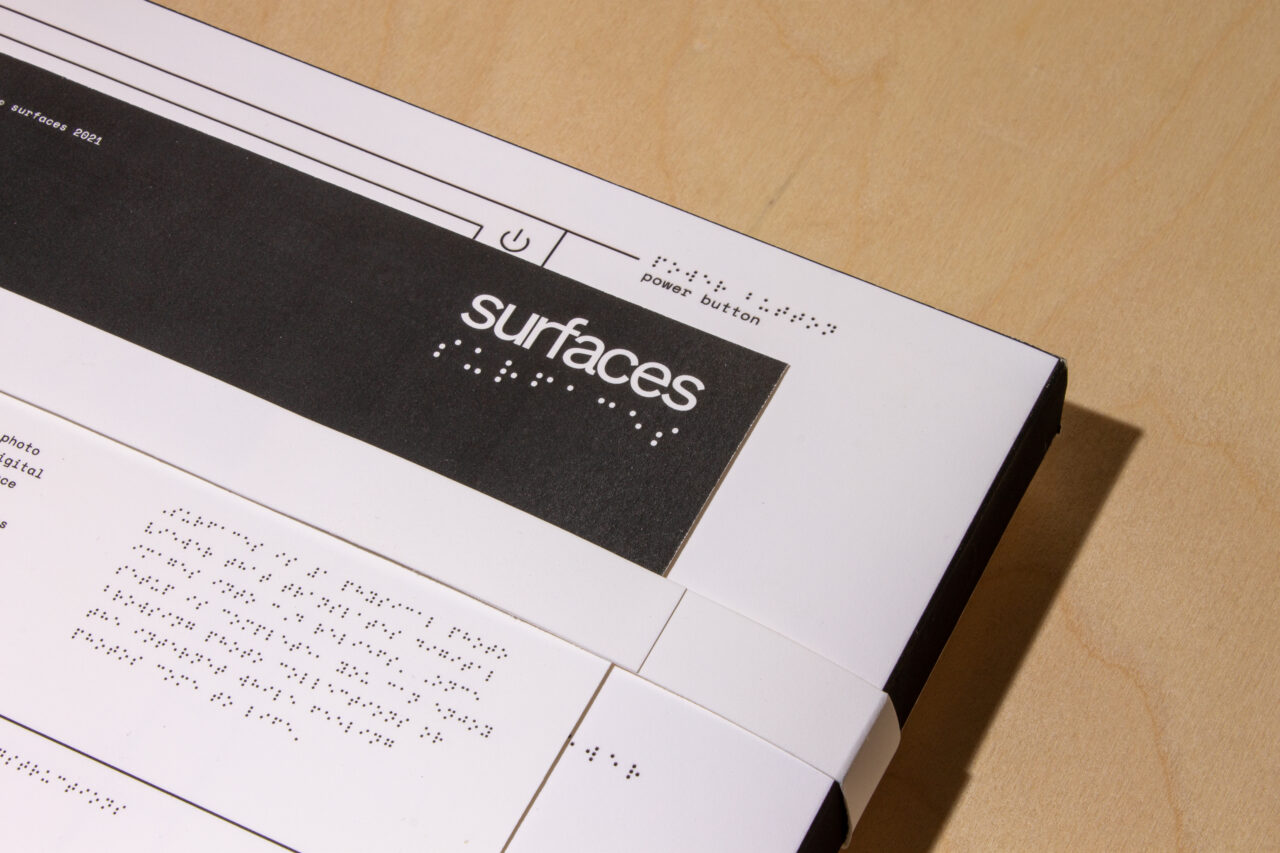
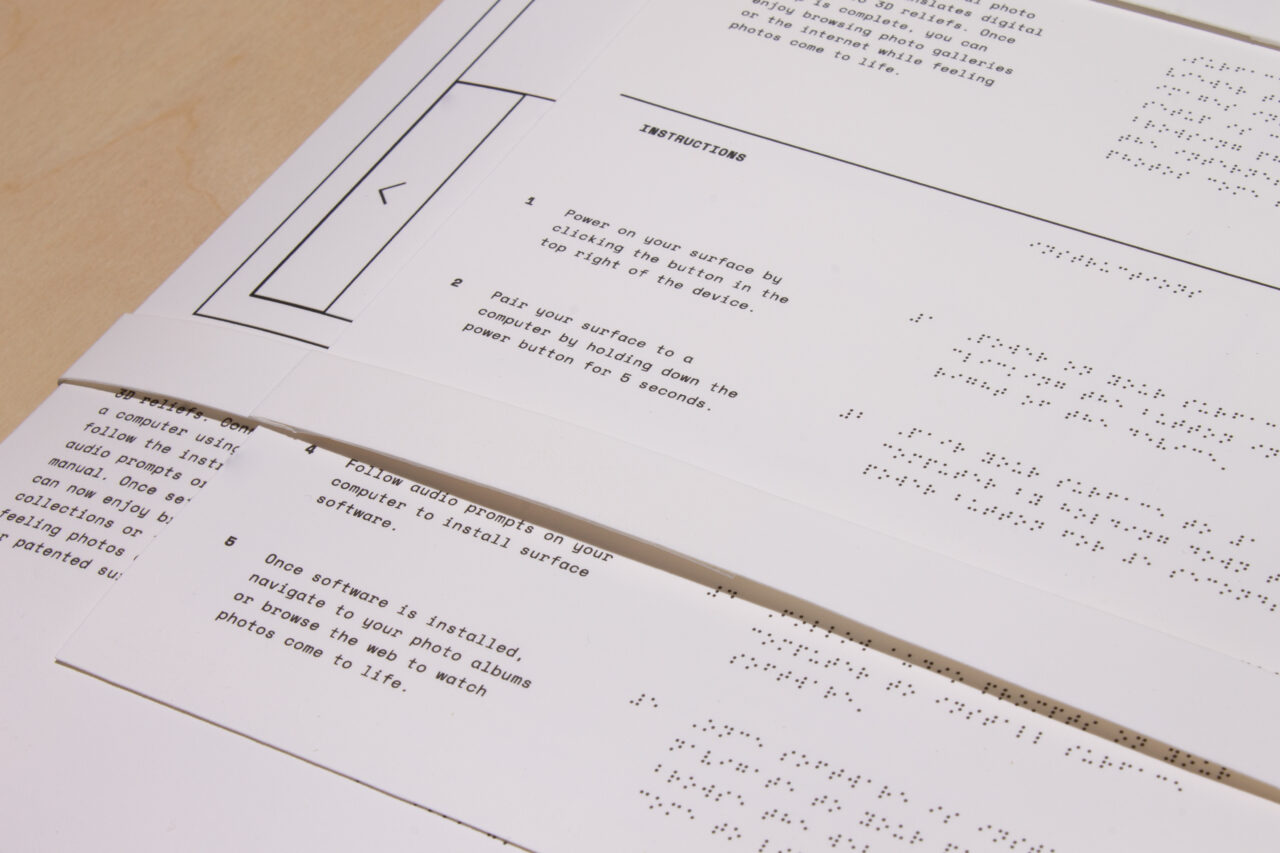
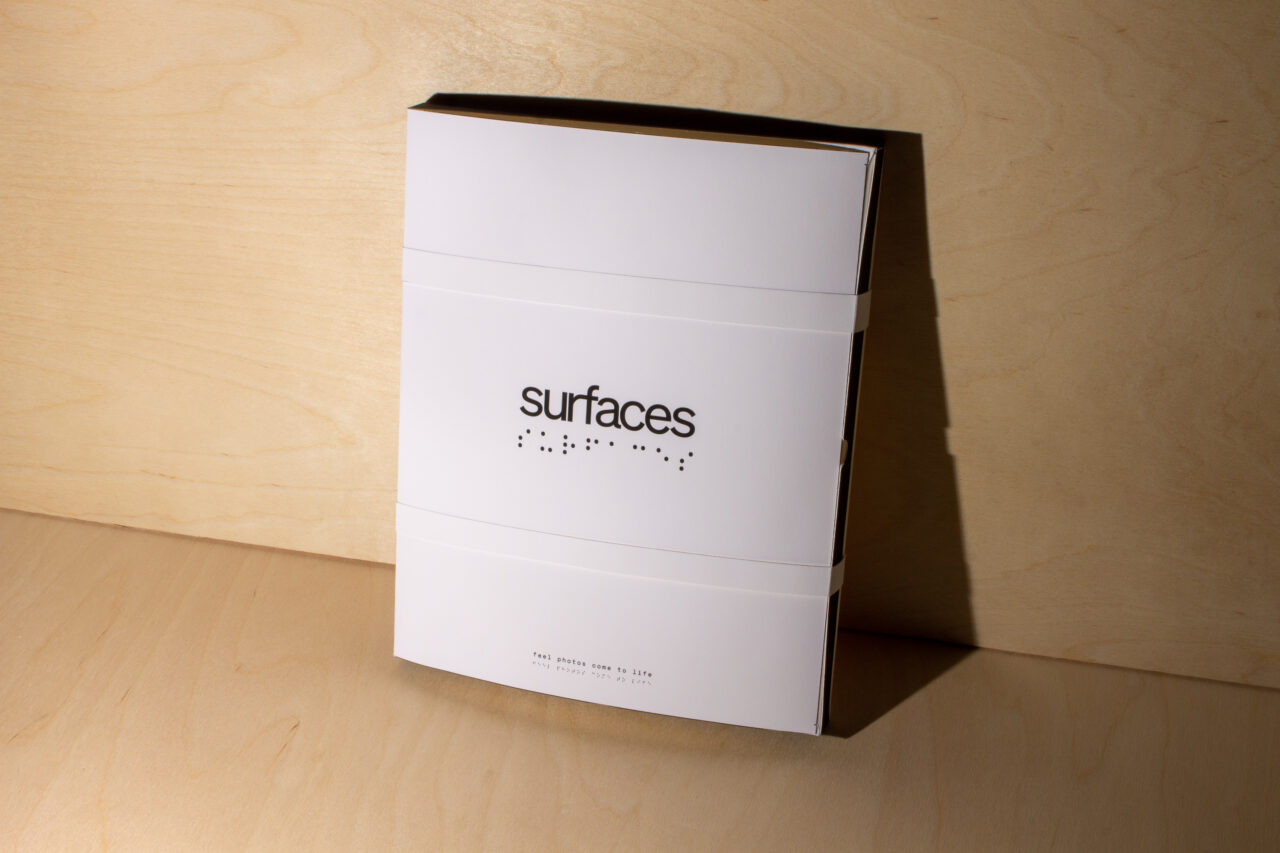
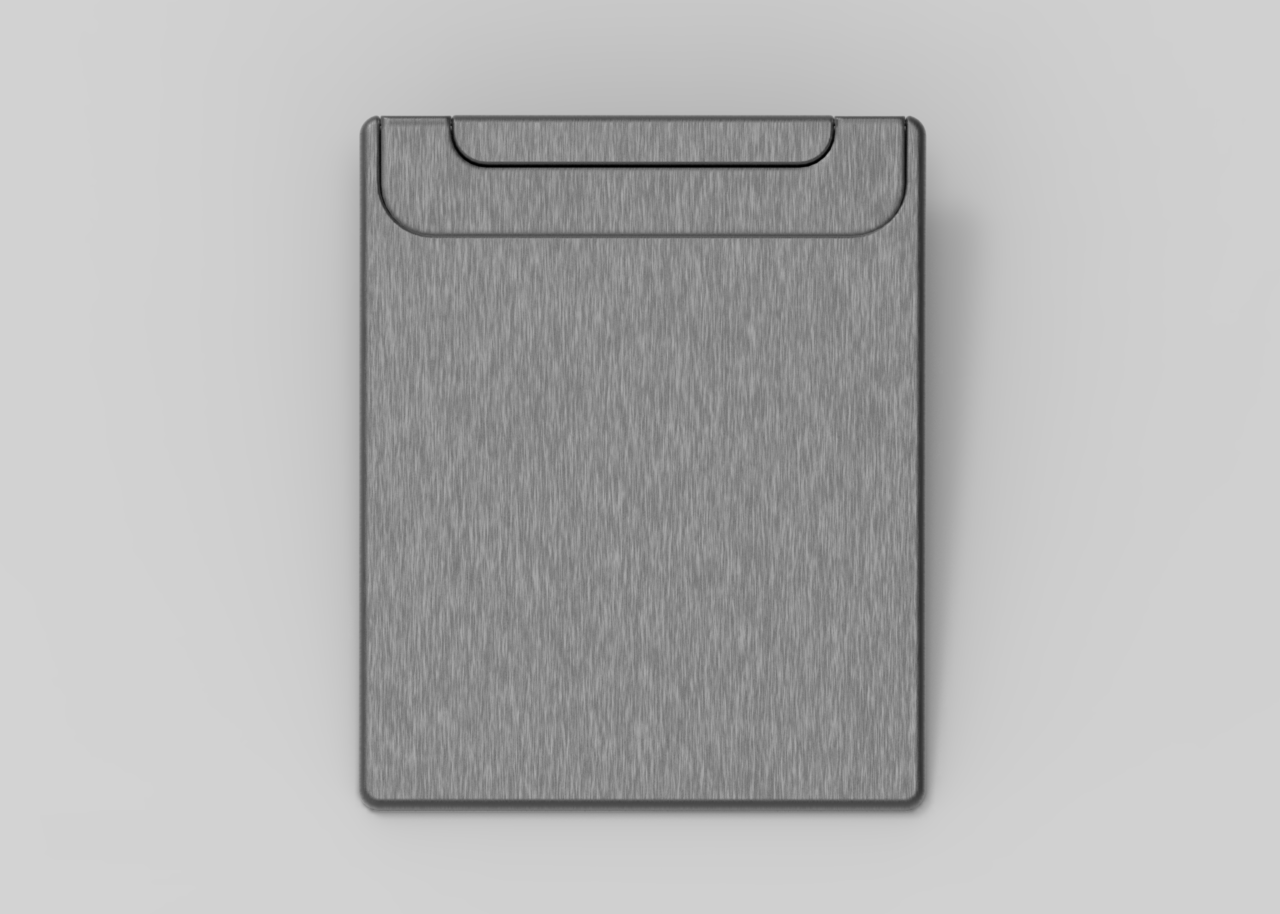
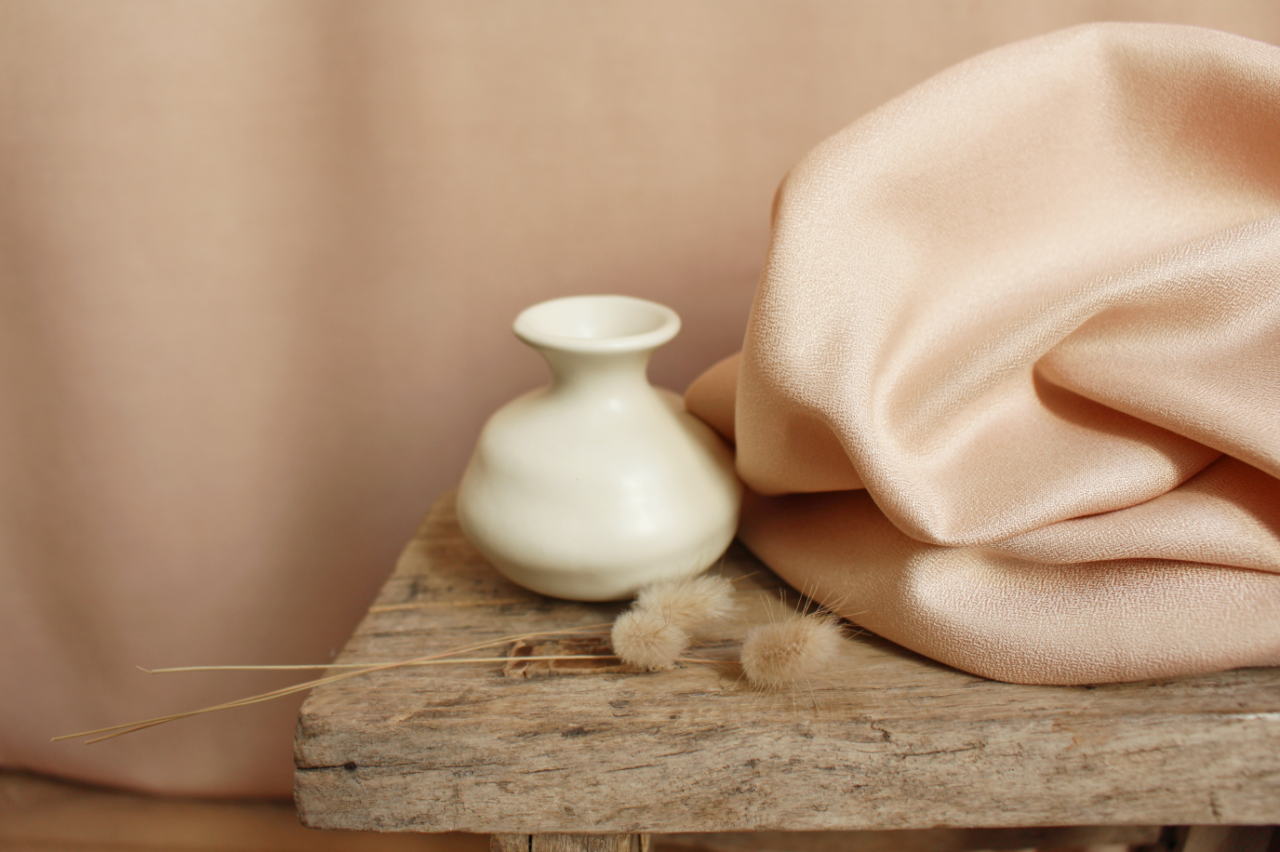
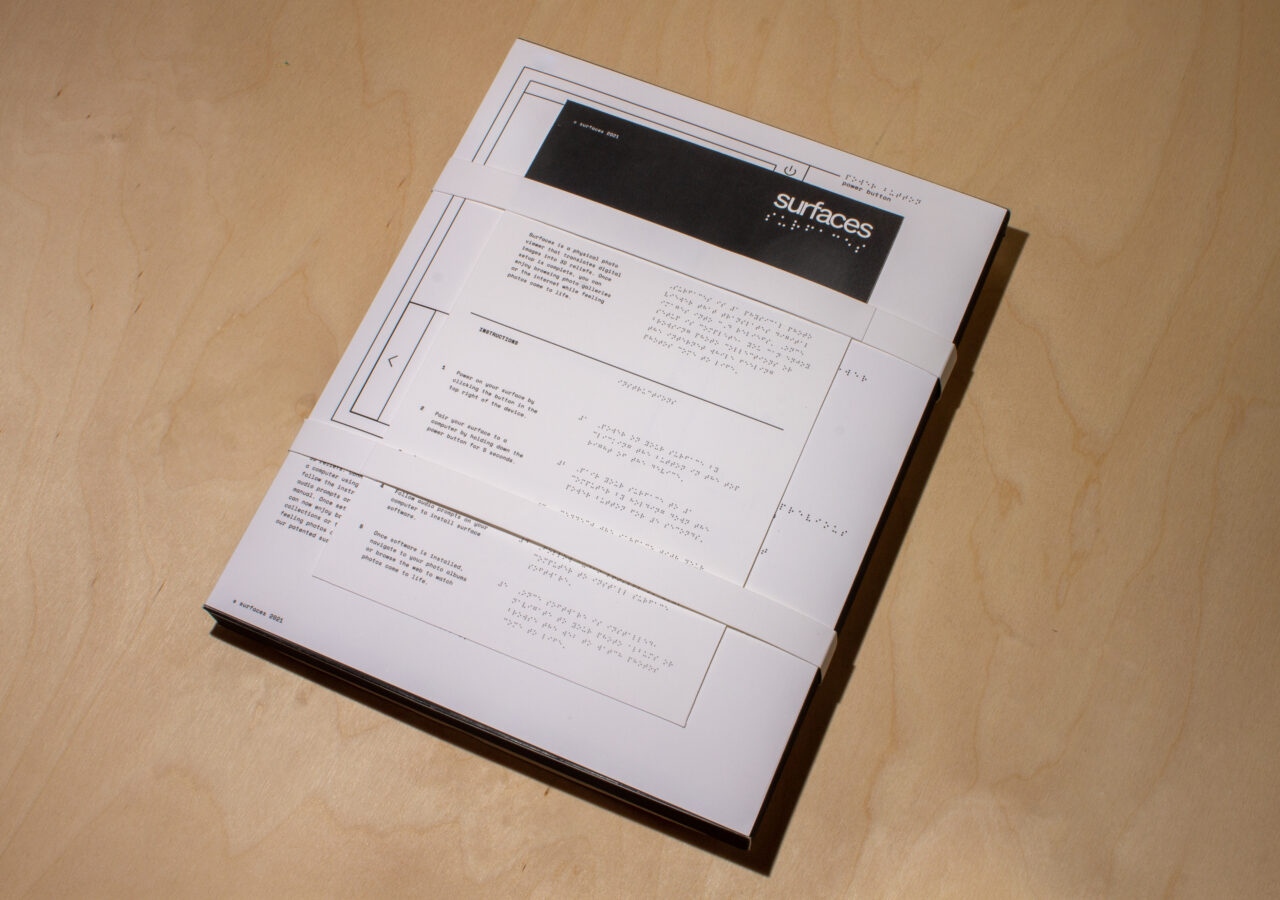

Andrea Benatar, Mihika Bansal, and Dorcas Lin created "Origin," a conceptual solution challenging smartphone ownership culture. The project reimagines phone booths where users access shared smartphones through government ID authentication. The 2025 campaign critiques big tech's planned obsolescence while addressing electronic waste by promoting a community-centered approach to technology. Users check out phones with secure login.gov credentials, returning them to any station when finished. Origin isn't eliminating smartphones but reframing them as communal resources. The distinctive Origin cases serve as visible symbols of sustainable technology use, encouraging mindful consumption and reducing digital dependence while promoting in-the-moment presence.
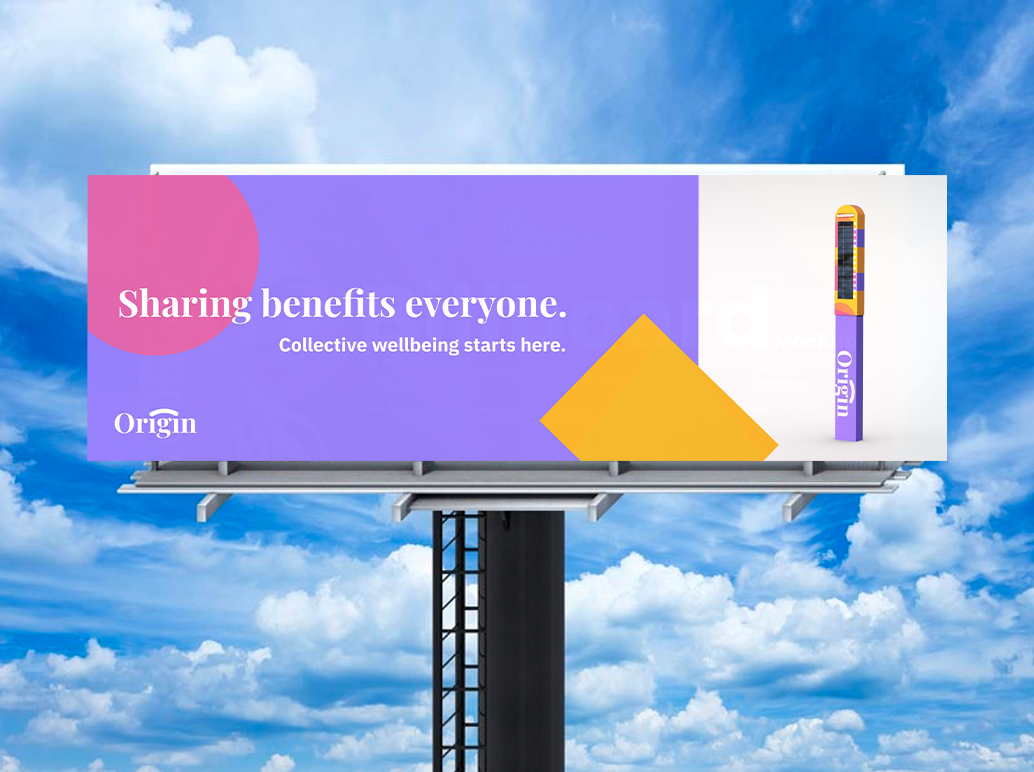
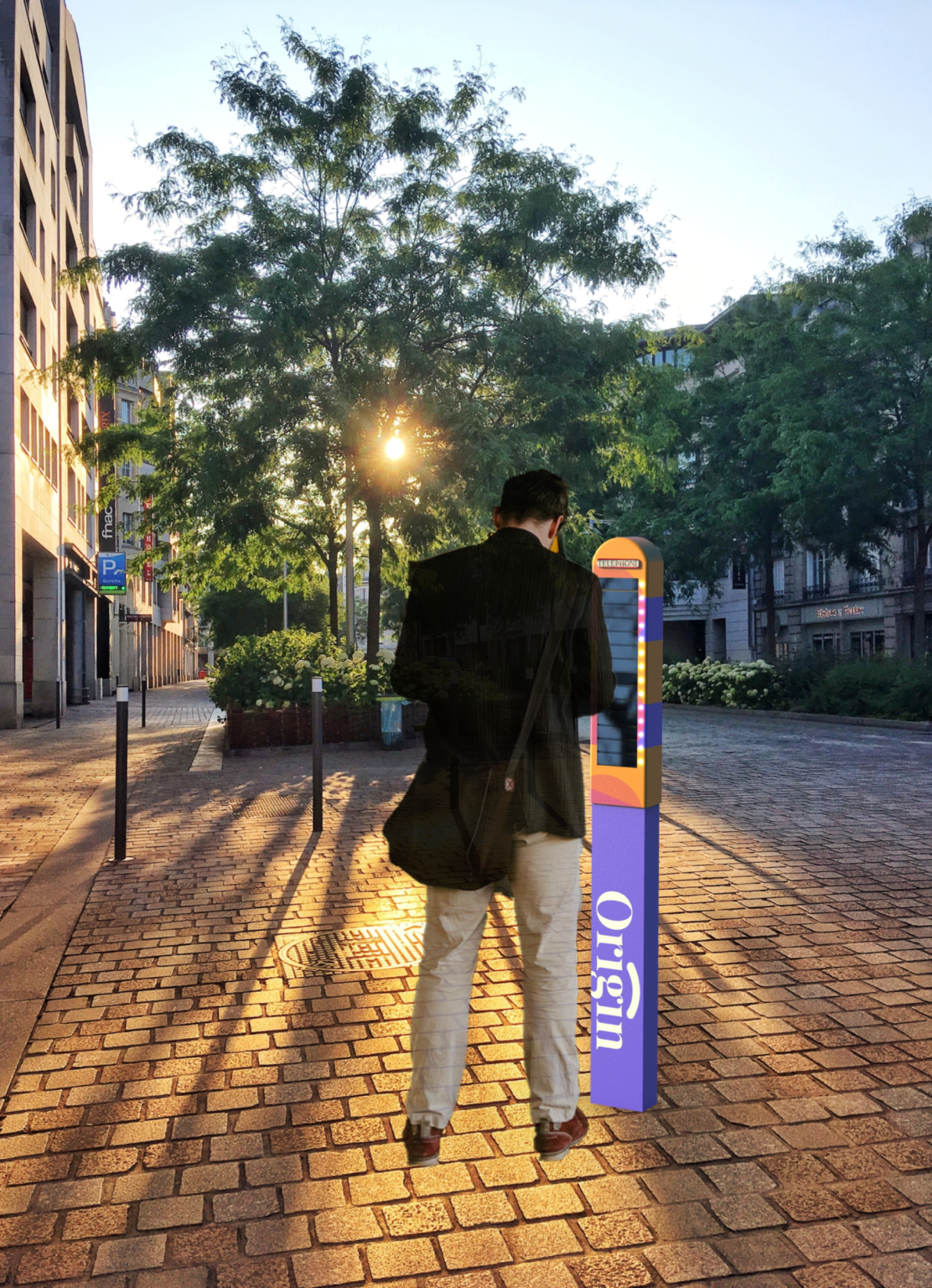
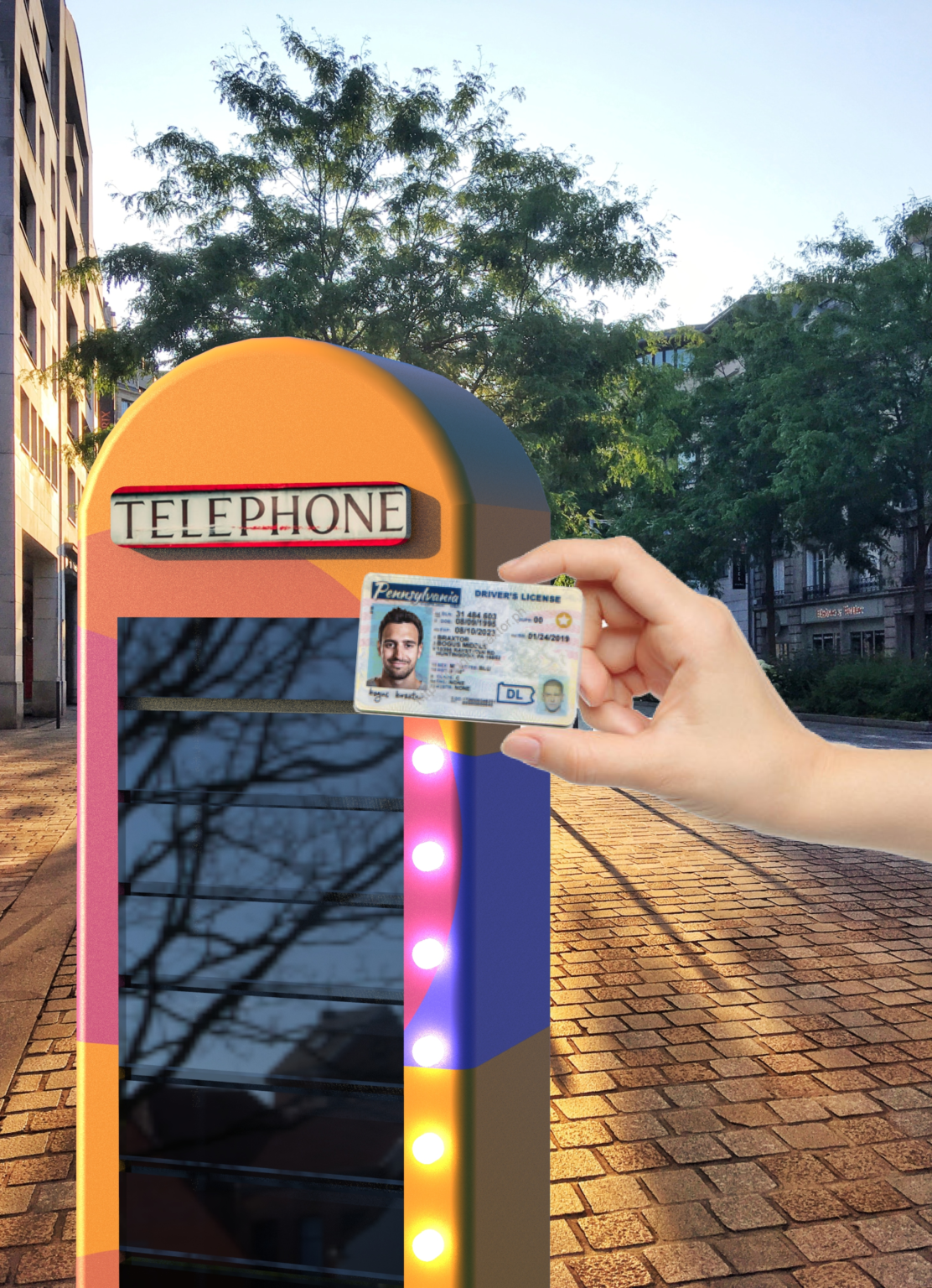
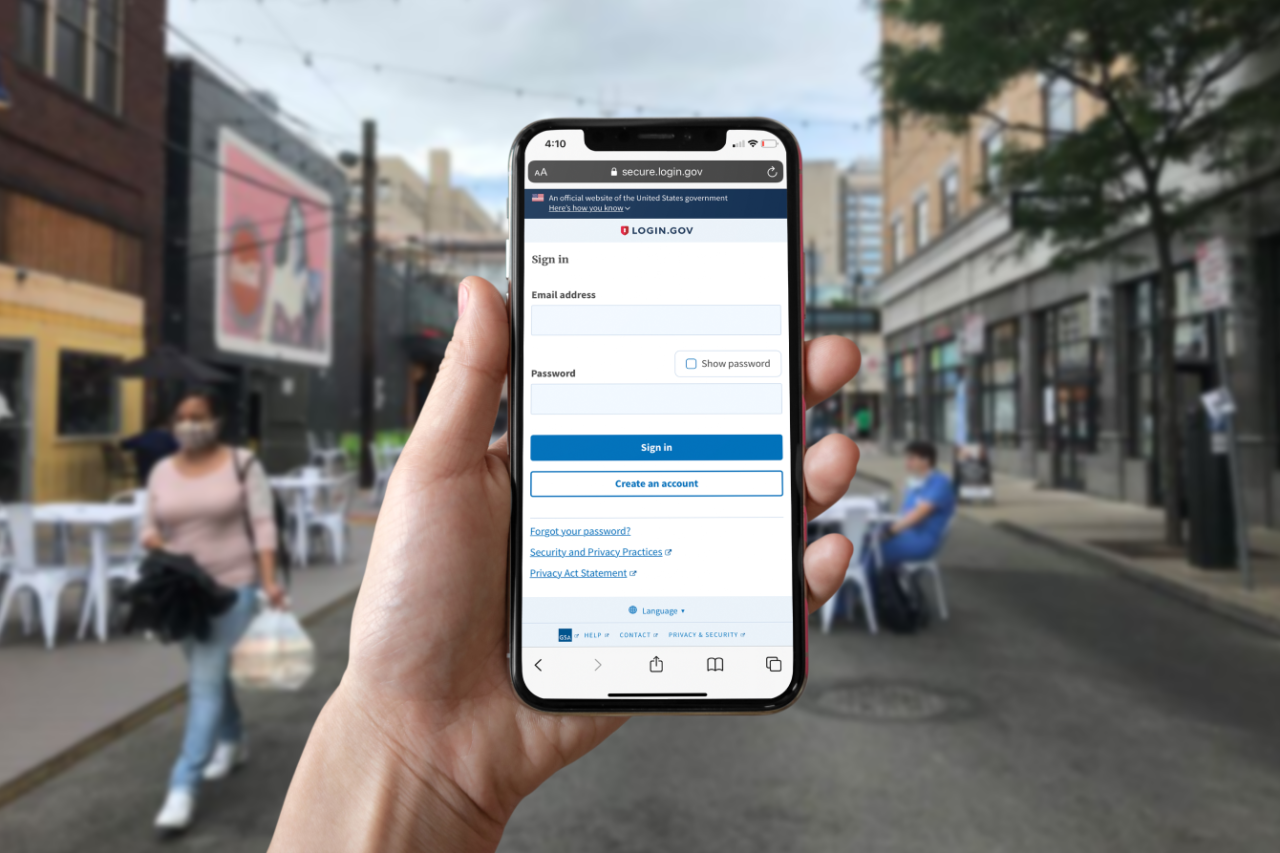
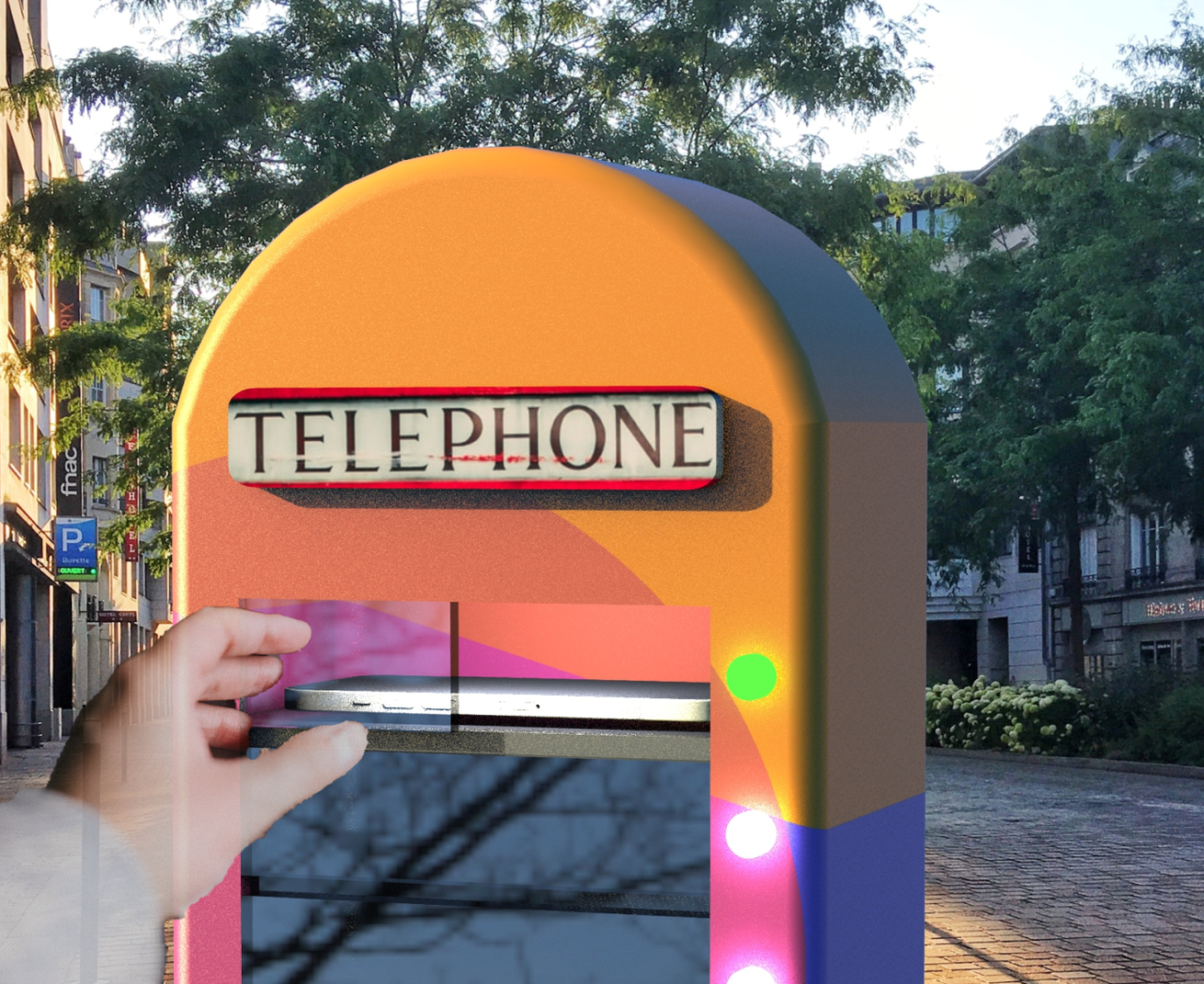
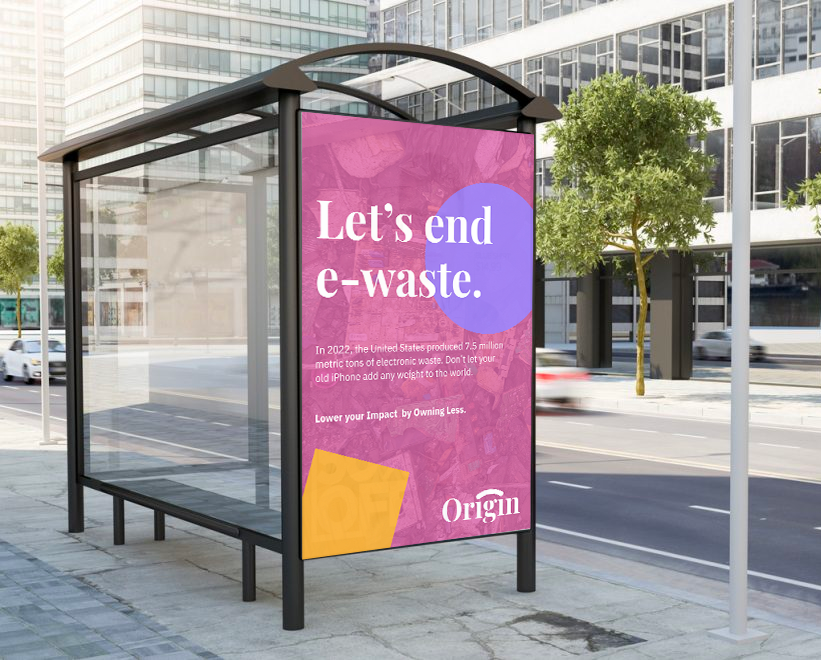
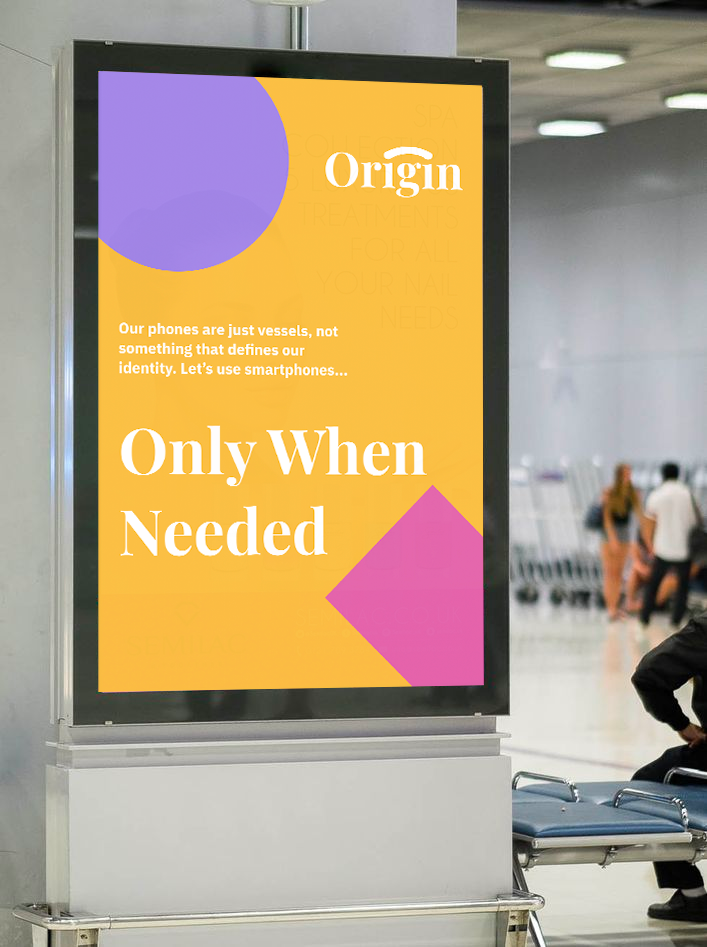
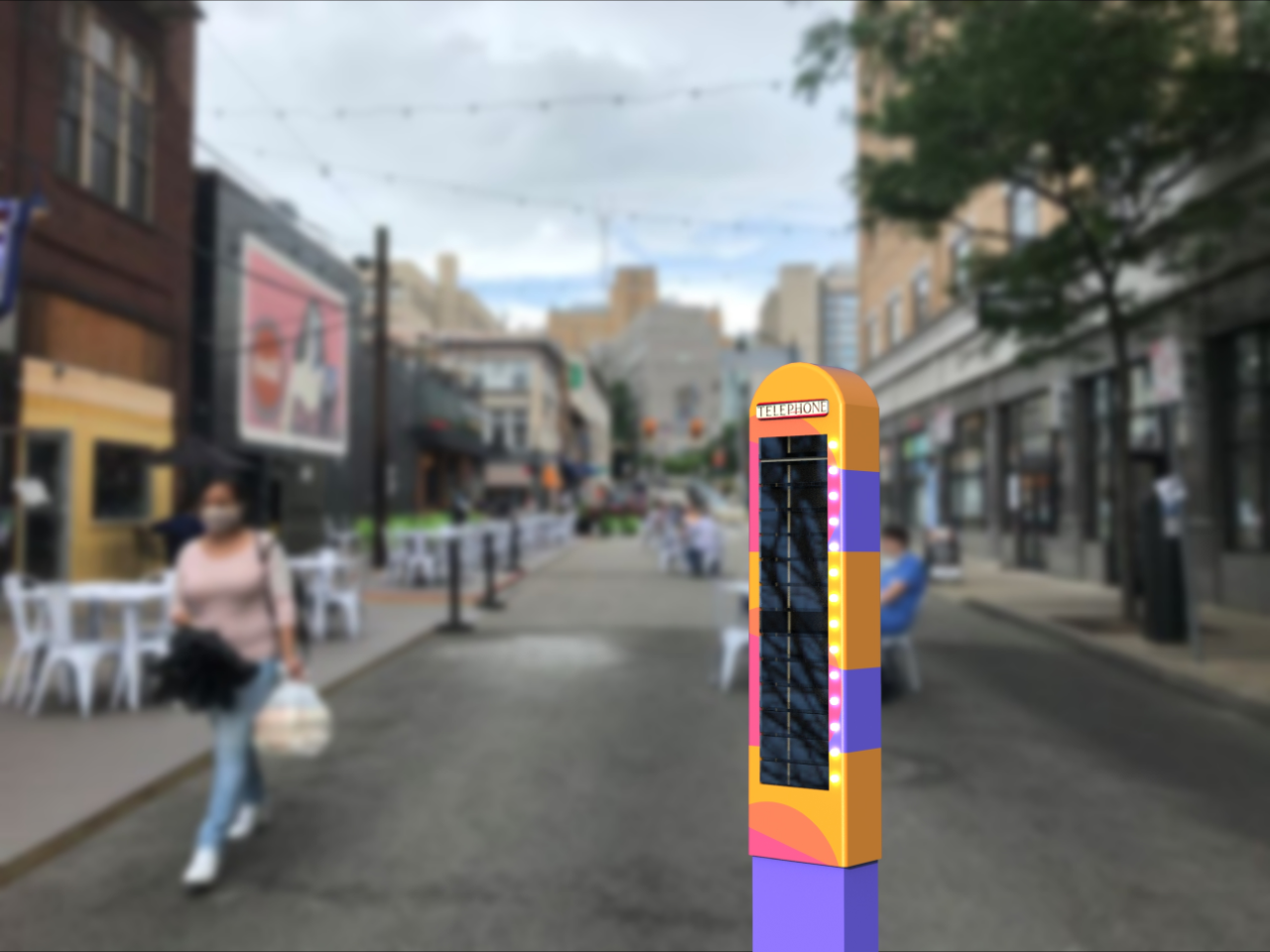
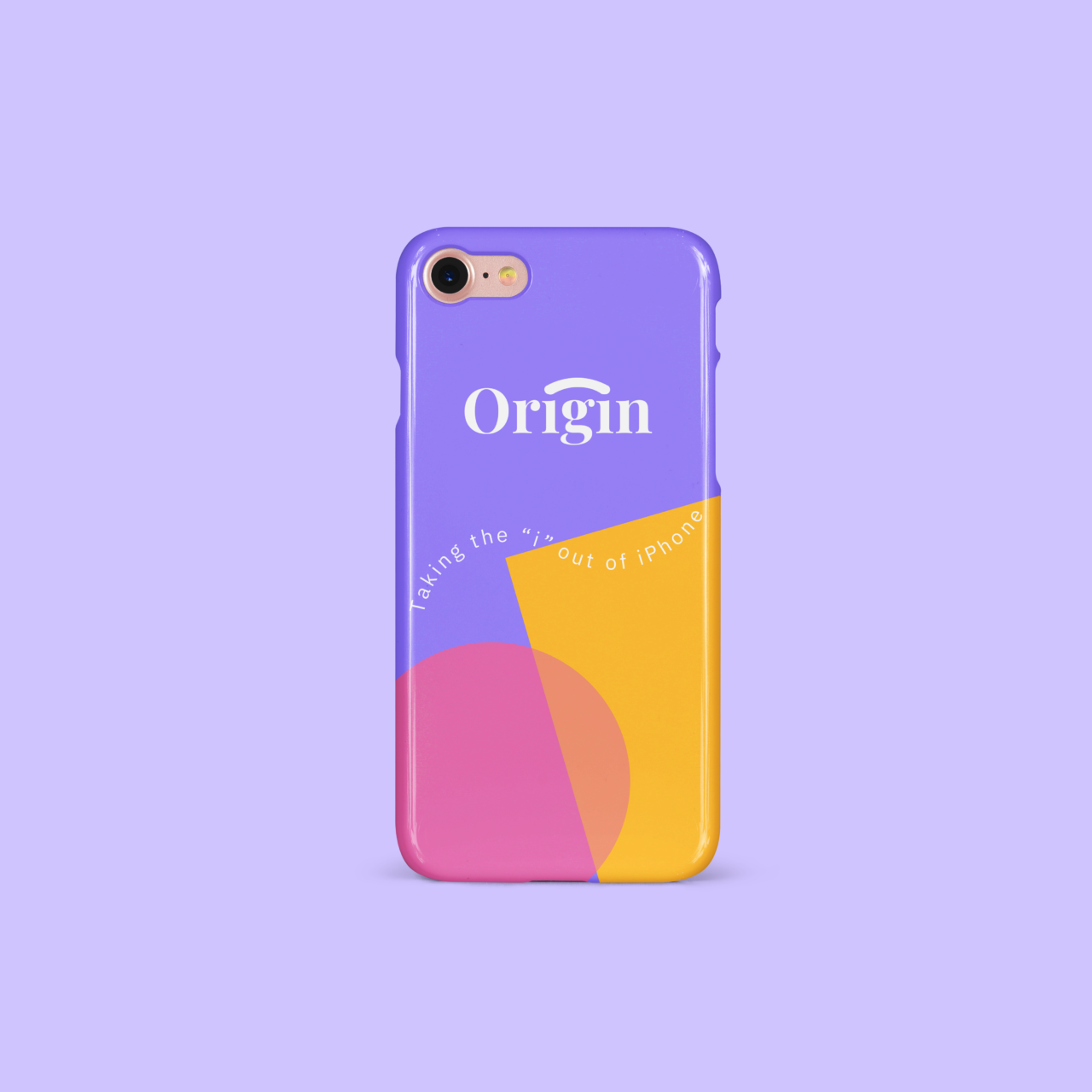

Stefanie Suk's "d ; ECOlivery" tackles the environmental impact of increased food delivery during the COVID-19 pandemic. The project addresses the problem of non-recyclable plastic containers contaminated with food residue ending up in landfills. Suk designed a delivery app service offering eco-friendly packaging to restaurants through monthly subscriptions. Participating restaurants receive promotional benefits, appearing at the top of search results and in a dedicated "eco" category. The project employs visual persuasion and framing techniques to encourage users to select environmentally conscious restaurants. Through strategic app design elements like pop-up notifications, Suk creates a system that benefits both businesses and the environment.
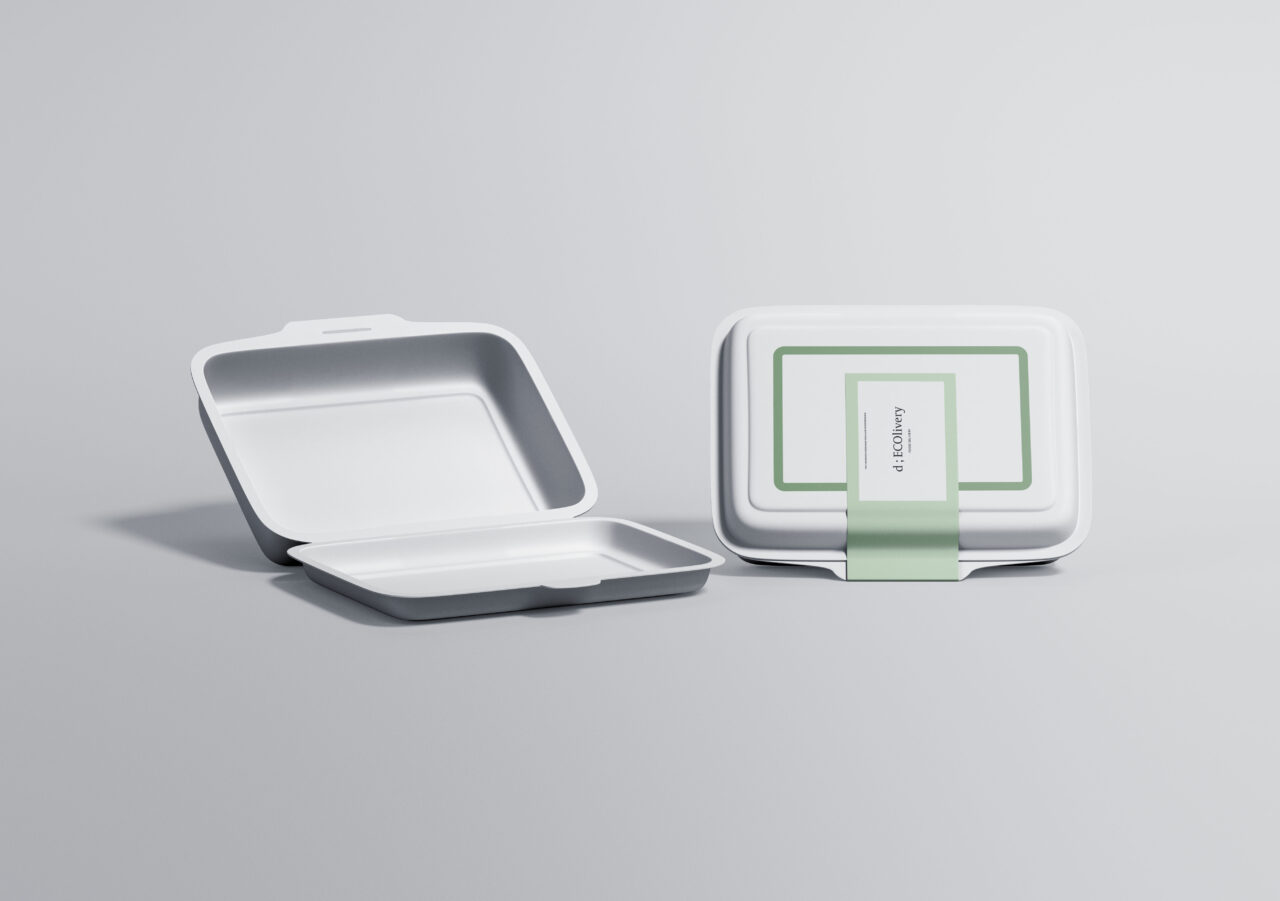
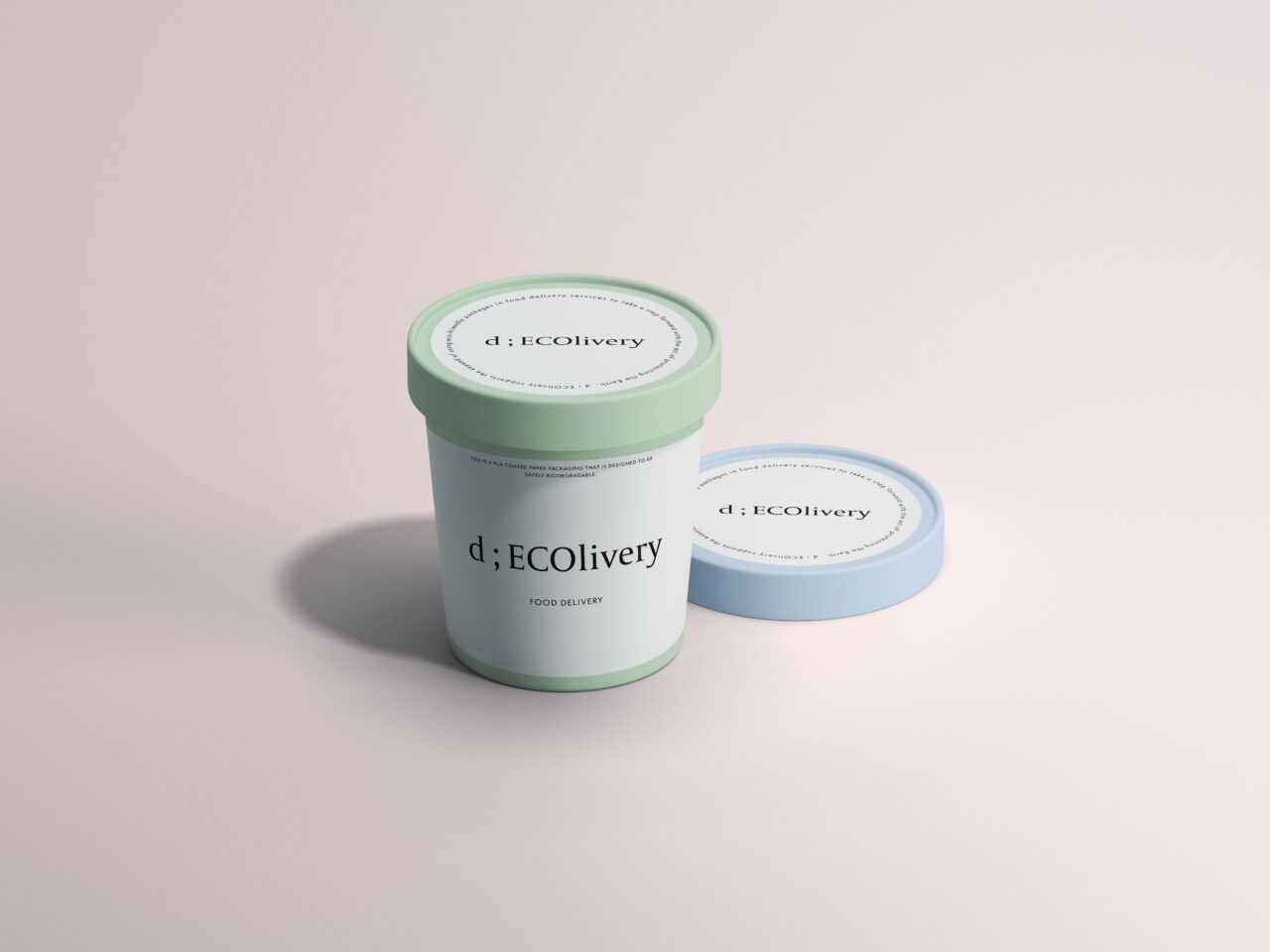
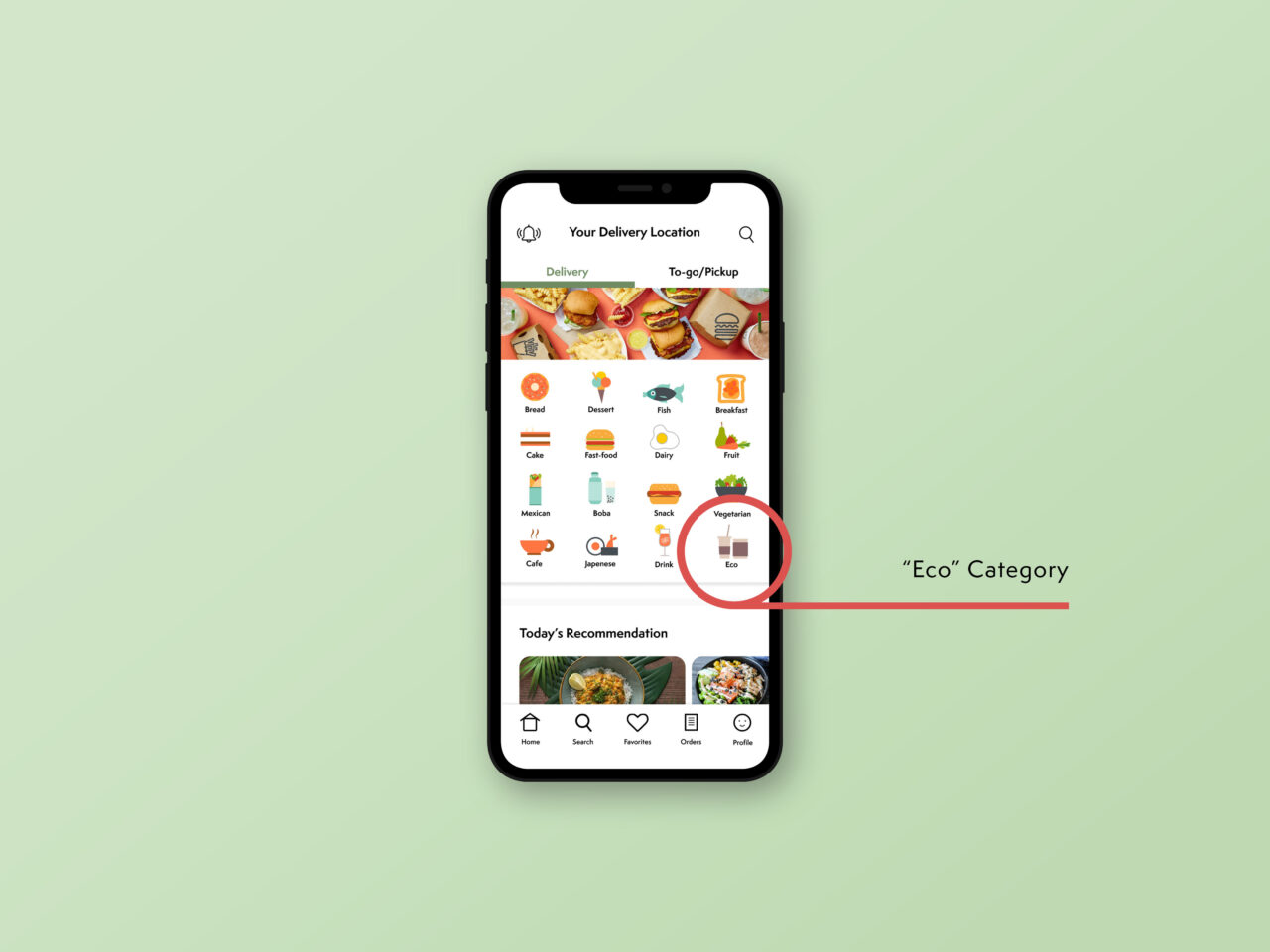
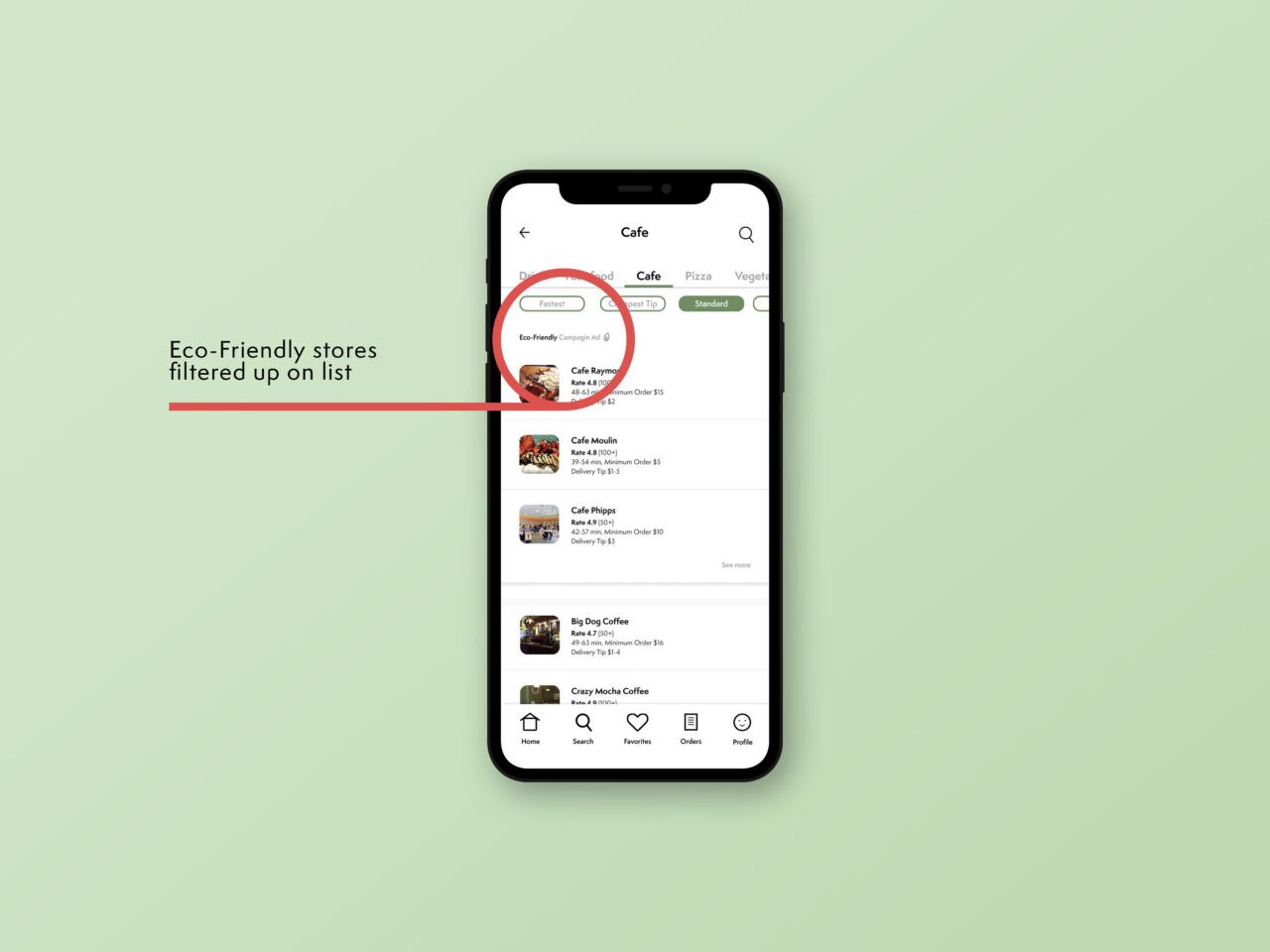
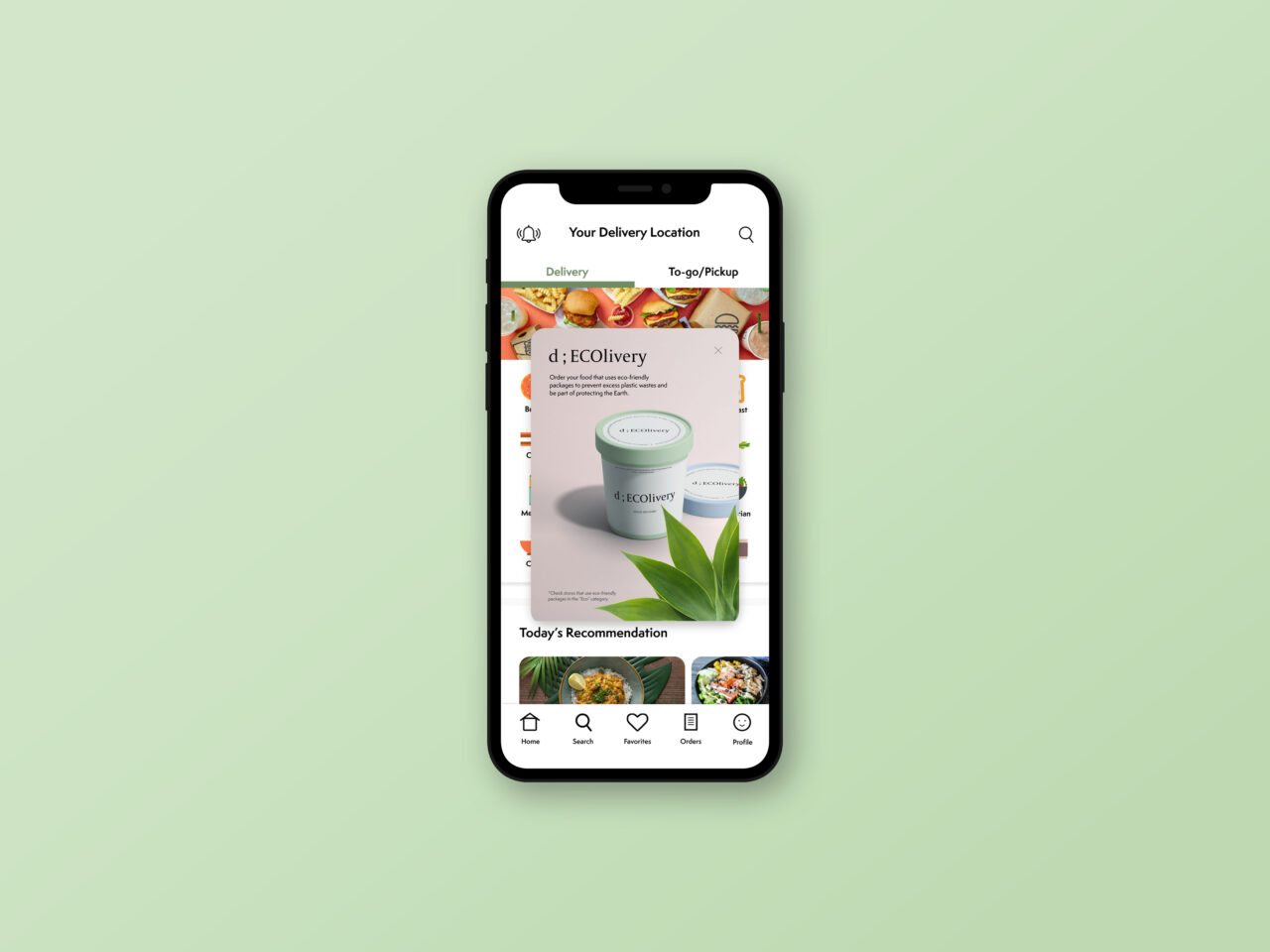

Yufei Wang developed "PhoneLess," a wearable device designed to counter excessive phone usage during meals. This project addresses the growing problem of screen time infiltrating social dining experiences, which research shows reduces satisfaction for everyone present. Wang's wristband tracks phone usage time and provides reminders to put devices away after predetermined periods. The persuasive wearable offers a practical solution to help users maintain awareness of their technology habits while enhancing quality time with friends and family during meals. The project demonstrates the thoughtful application of behavioral design principles to improve real-world social interactions compromised by technology dependence.
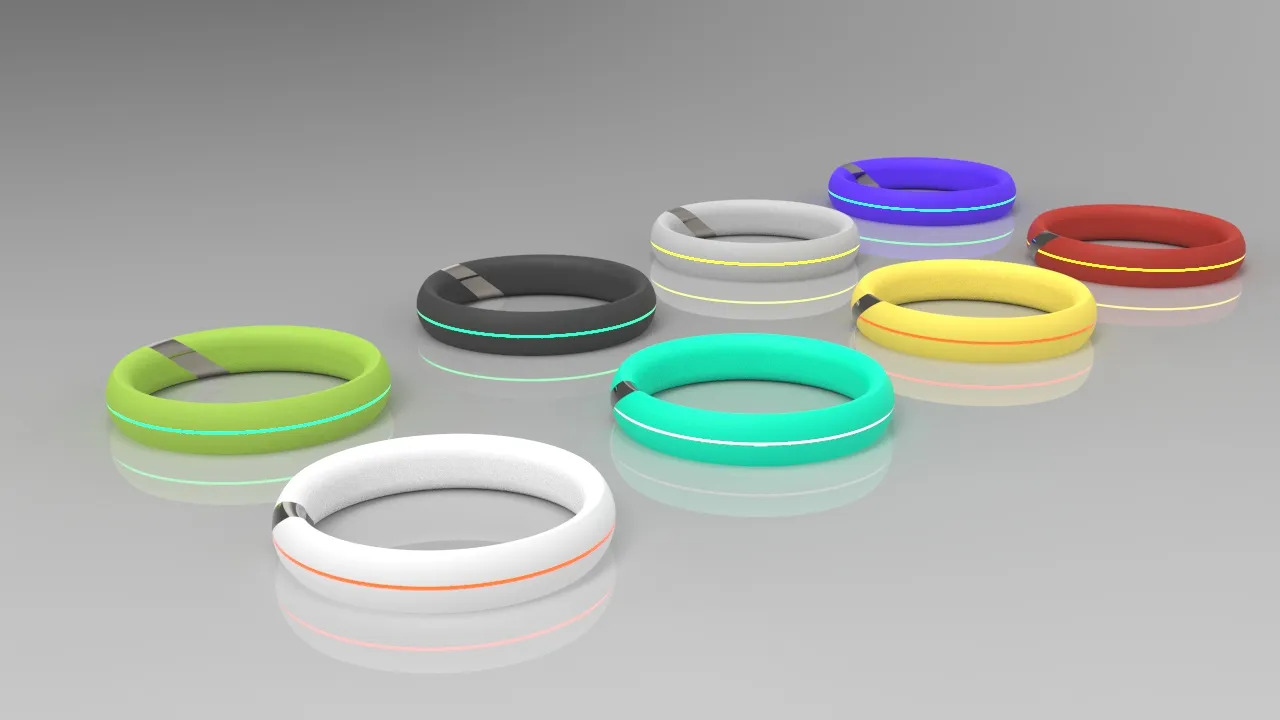
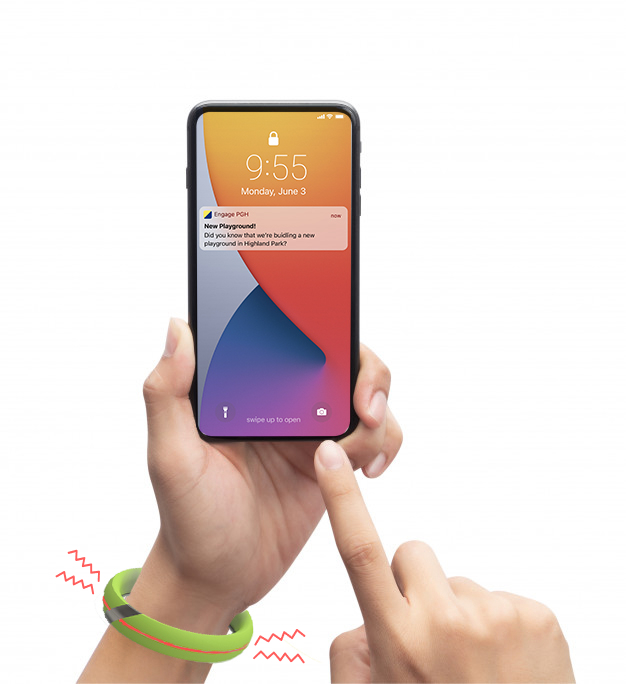
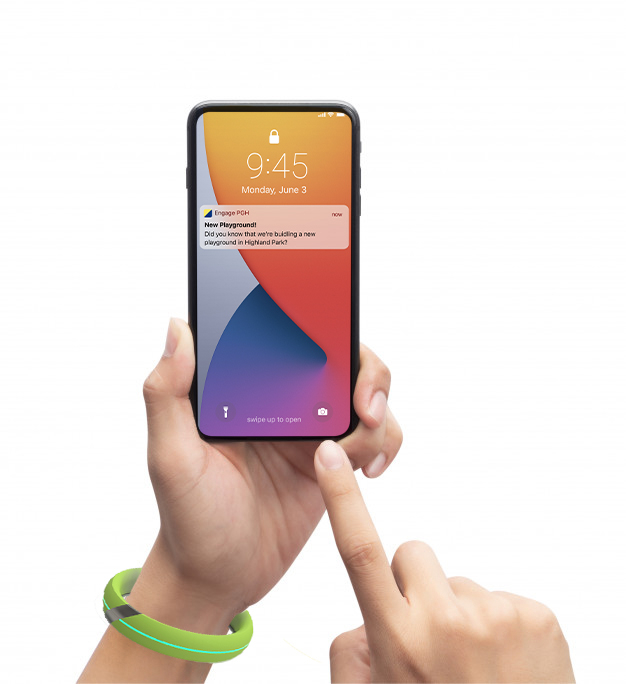
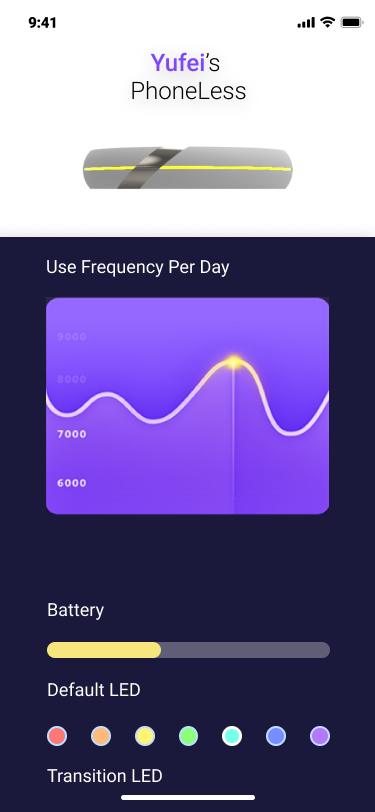
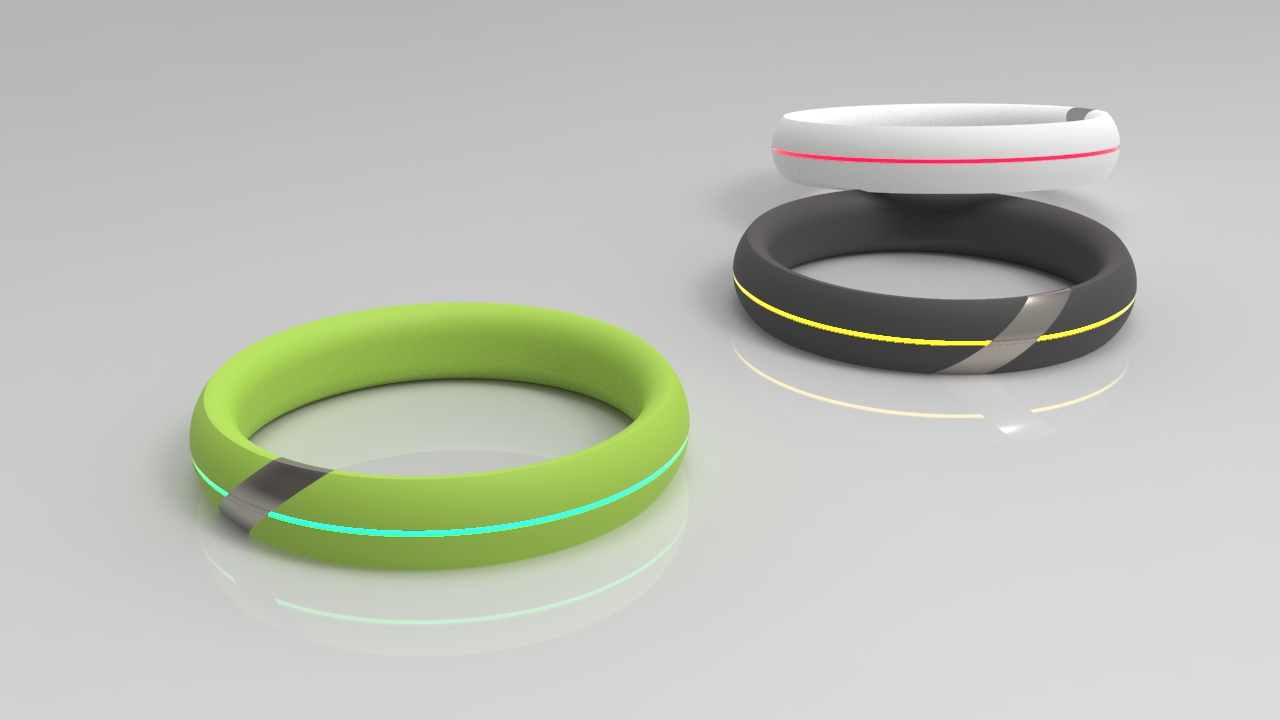

Patricia, Sarah, and Julia developed "Humanize Us," a speculative society campaigning against the over-personification of technology. Their project envisions a future where humans form intimate relationships with personified objects, triggering a resistance movement advocating for technological de-humanization. Grounded in present research showing 77% believe society is over-reliant on technology and 66% experience nomophobia, the campaign uses provocative visual persuasion through digital posters featuring contradictory imagery like "bleeding" robotic arms and objectified robotic women. These juxtapositions aim to stimulate critical reflection on human-technology relationships, encouraging viewers to question what "humanizing" technology means and offering a movement to combat technological codependency.
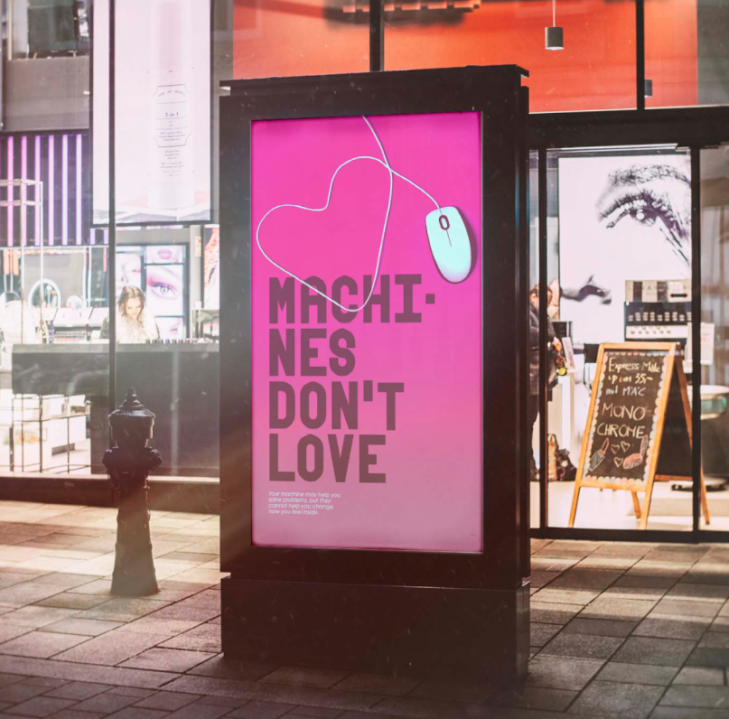
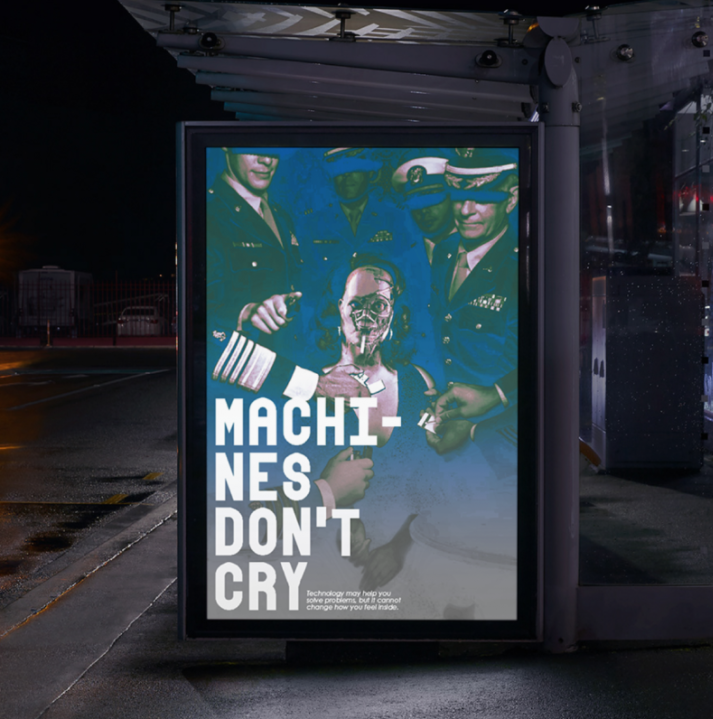
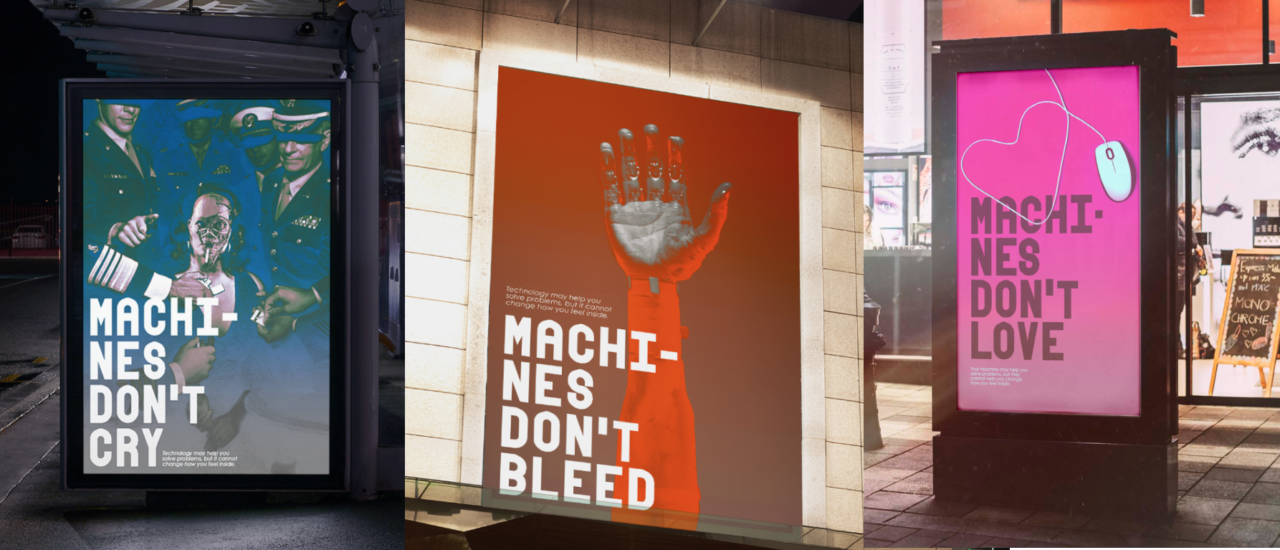
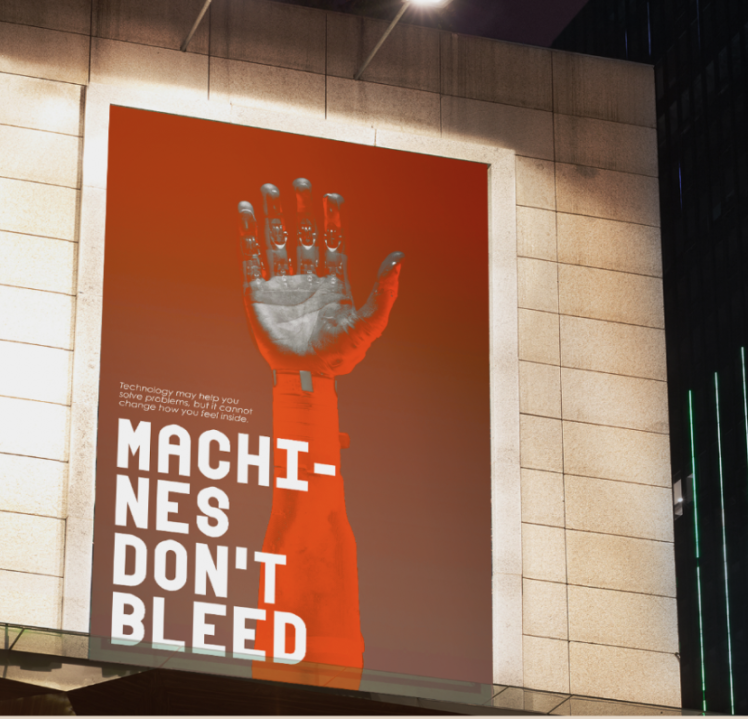

Angela, Joseph, and Yoshi created "Nudge," a dining service combating social media's isolating algorithms by offering discounted meals with strangers. The project addresses increasing perspective siloing by creating opportunities for diverse in-person interactions. The team applied communication design principles through warm colors (red/yellow) associated with food and rounded typography establishing a friendly brand identity. Their comprehensive campaign includes social media posts for metropolitan young adults, featuring authentic user testimonials and pop culture references. Using social proof and emotional engagement tactics, Nudge employs restaurant signage and branded takeout bags as visual cues to prompt behavior change. The project demonstrates how thoughtful design can create meaningful social connections in an increasingly isolated digital landscape.










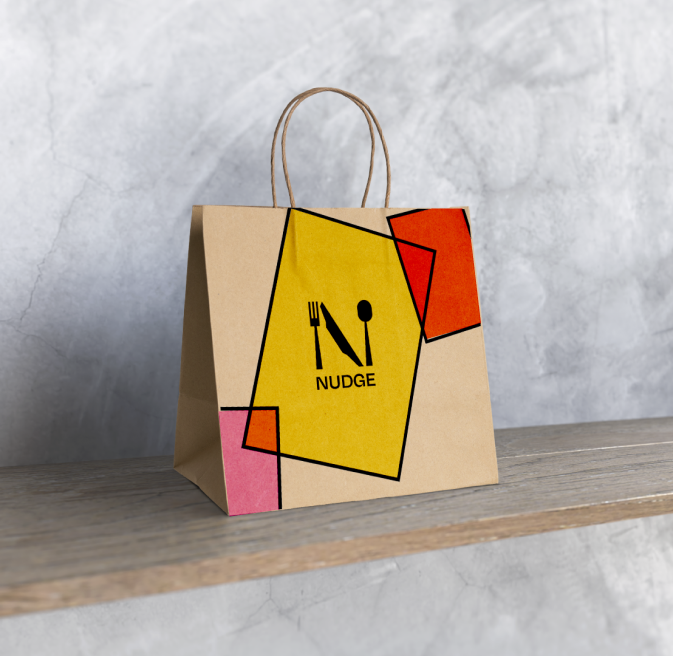
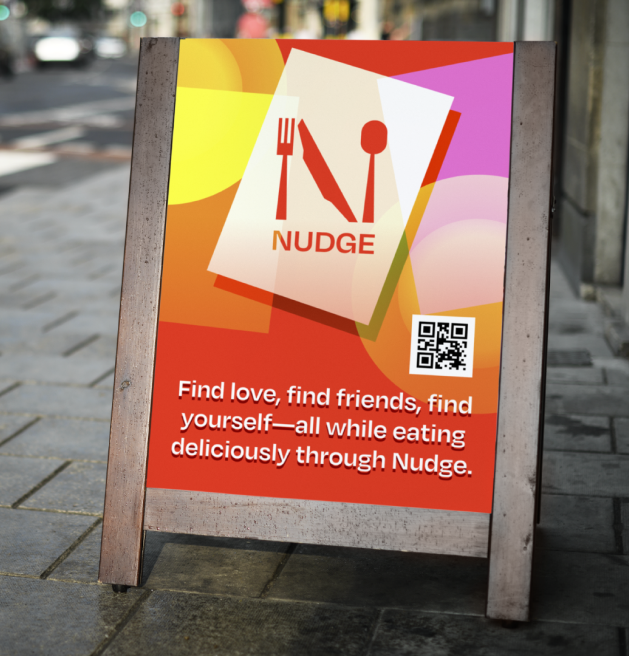




Caroline Song, Jamie Park, and Jina Lee created "Museum of Childhood Things," a visual campaign for a proposed 2025 pop-up museum showcasing childhood artifacts across generations. The project addresses pandemic-related family disconnection by creating a space for multi-generational engagement with childhood memories. Using emotional engagement tactics, the team developed a comprehensive visual identity with soft colors and rounded shapes across both print and digital platforms. Campaign materials include posters, an Instagram feed leveraging nostalgia, museum maps, exhibit signage, and interactive brochures encouraging personal reflection. The museum serves as a conversation starter, helping families develop empathy through shared exploration of how childhood experiences shaped individual identities.
